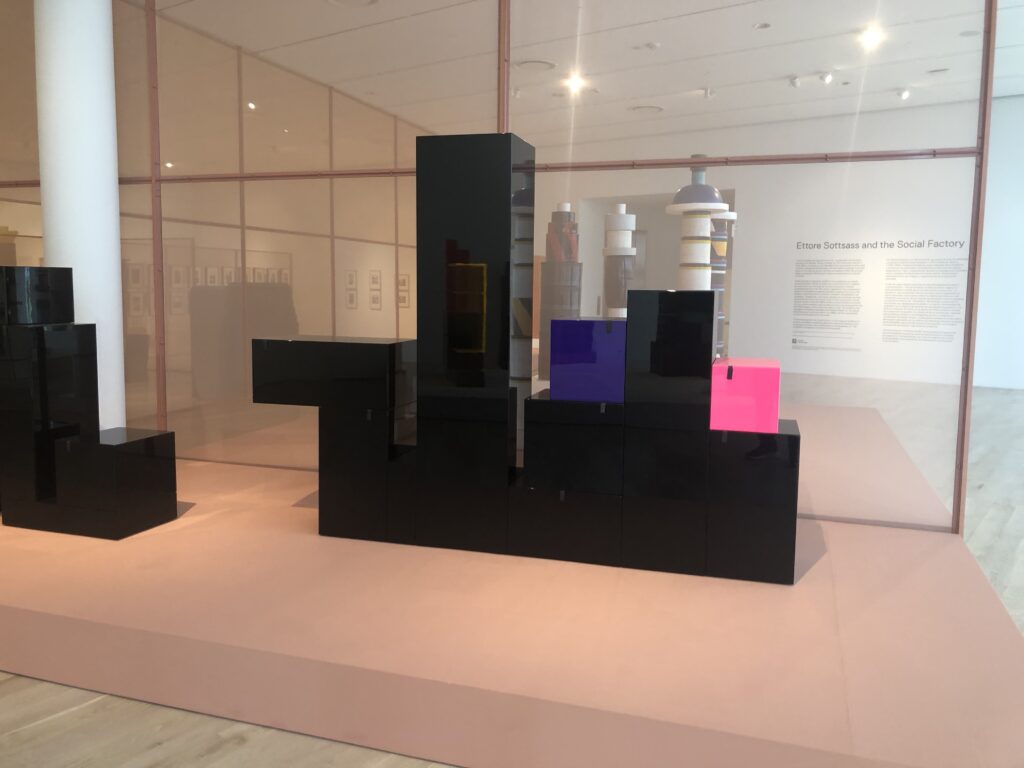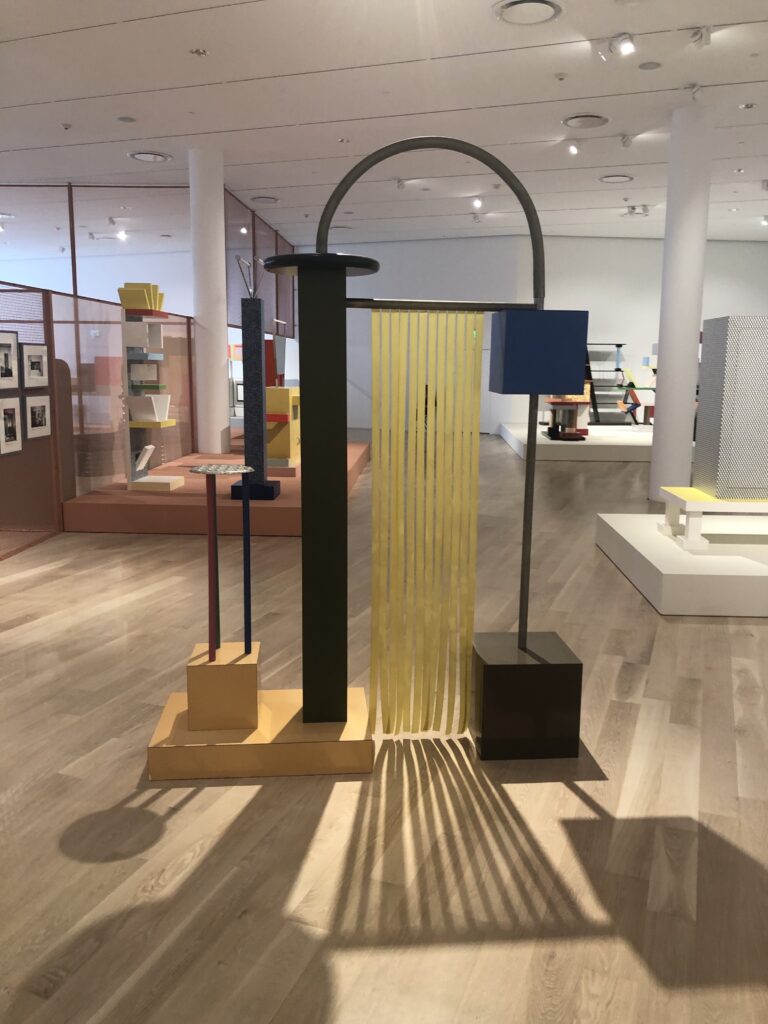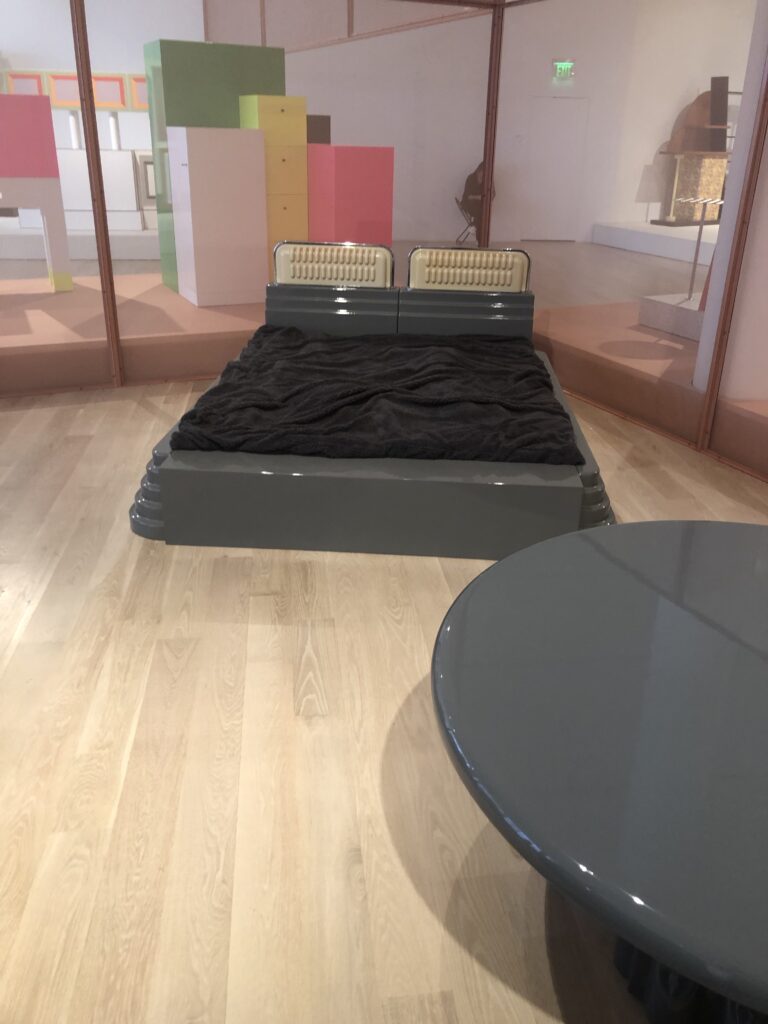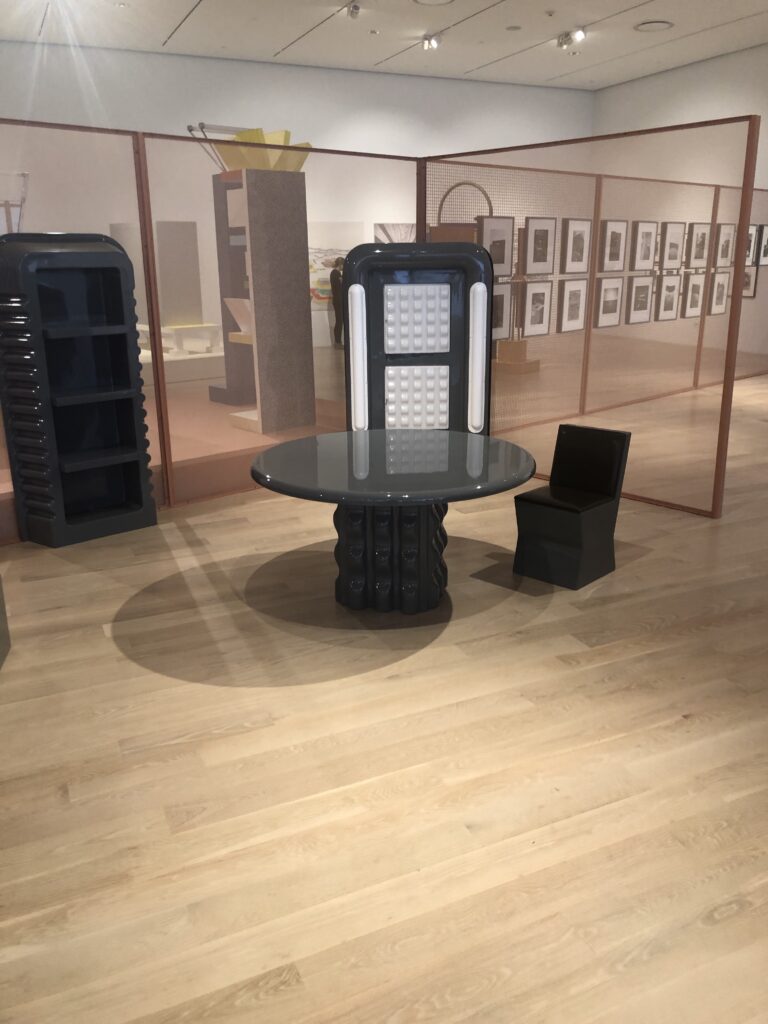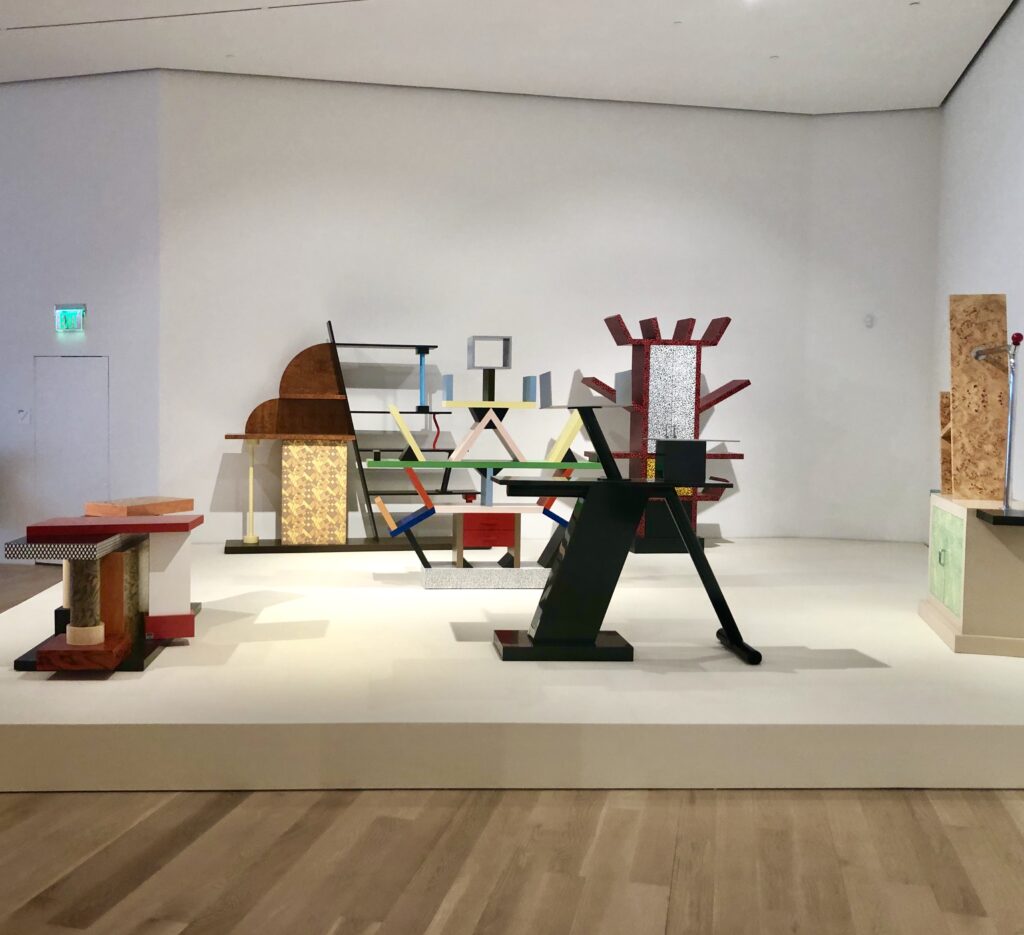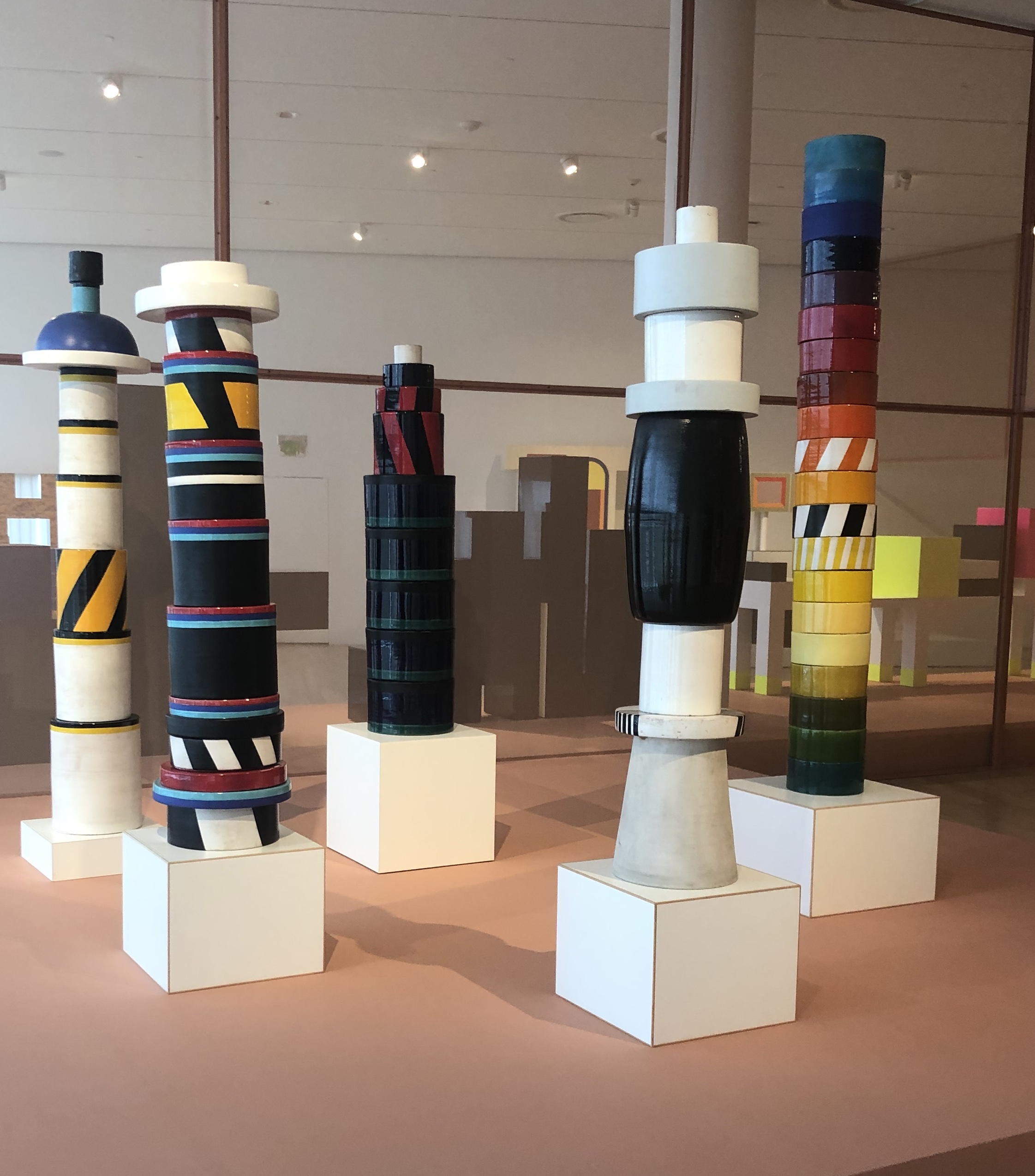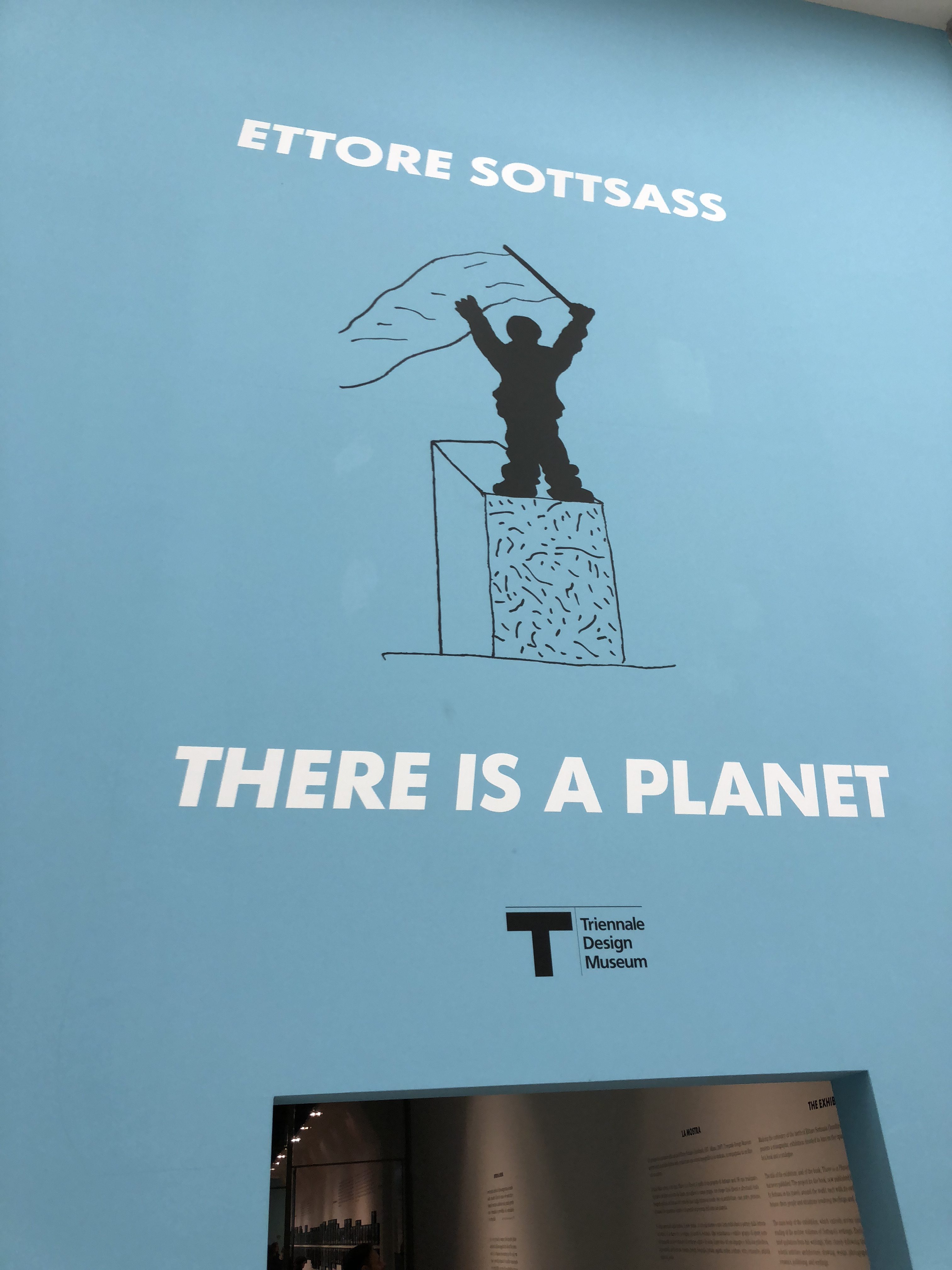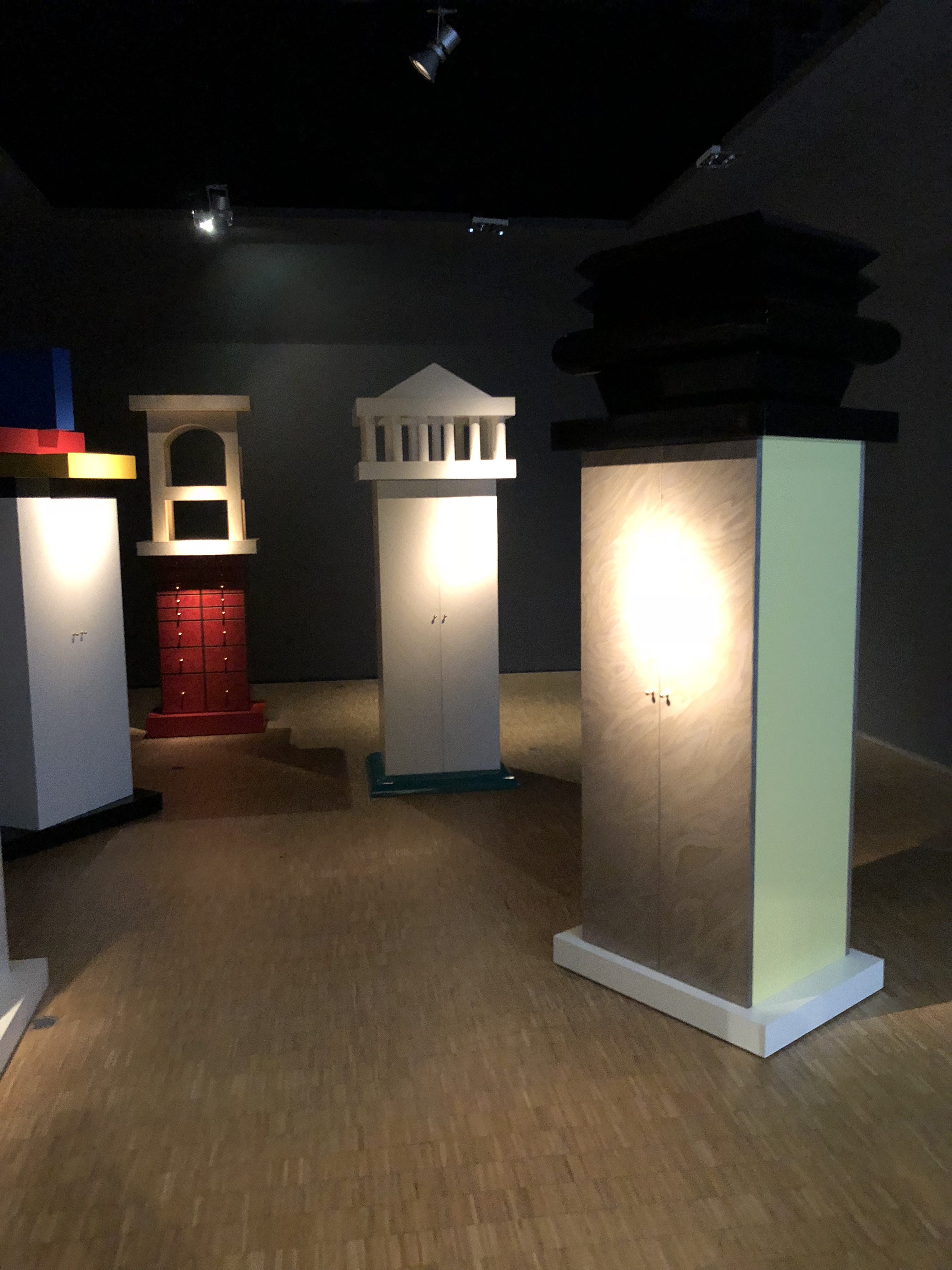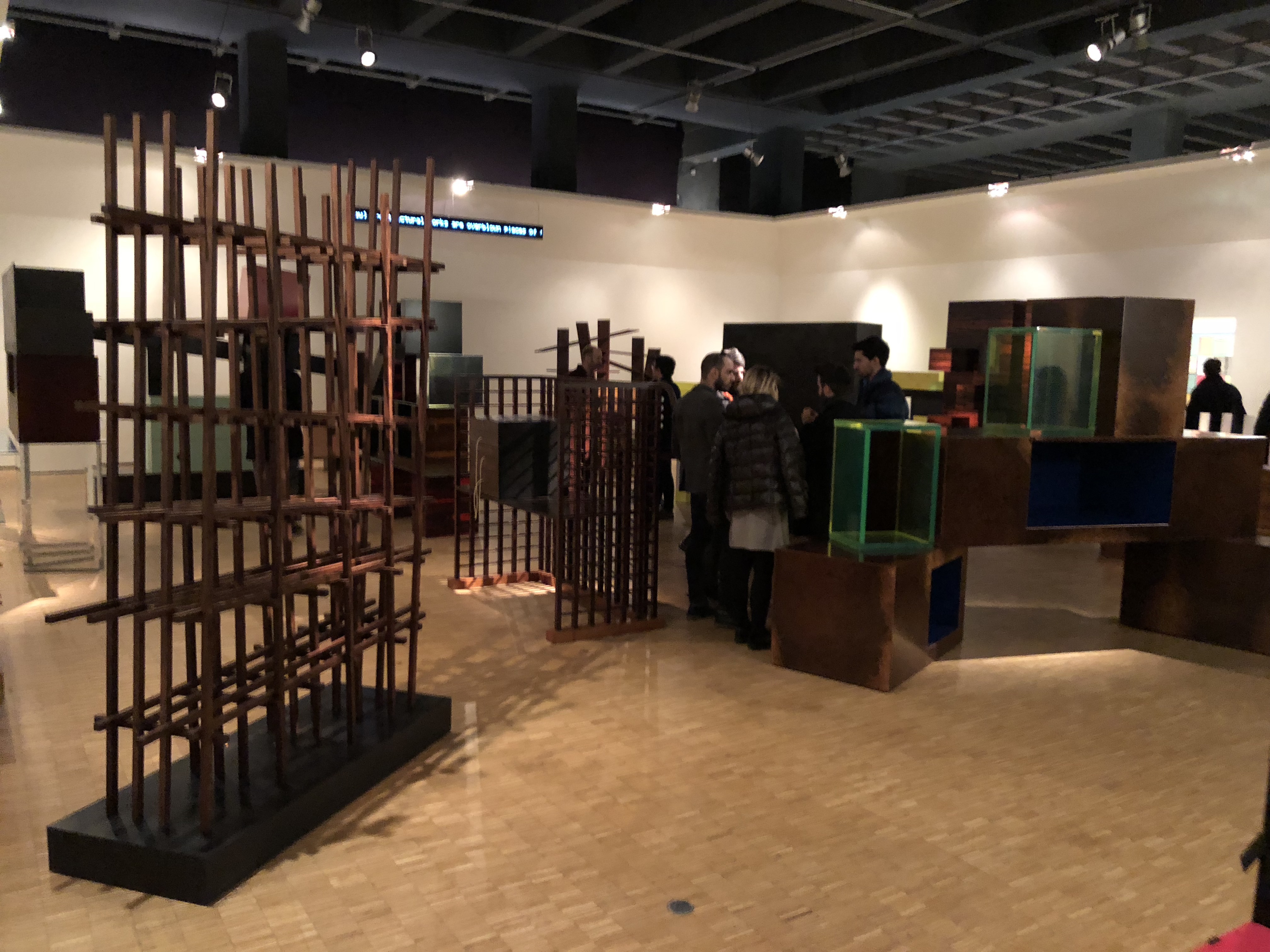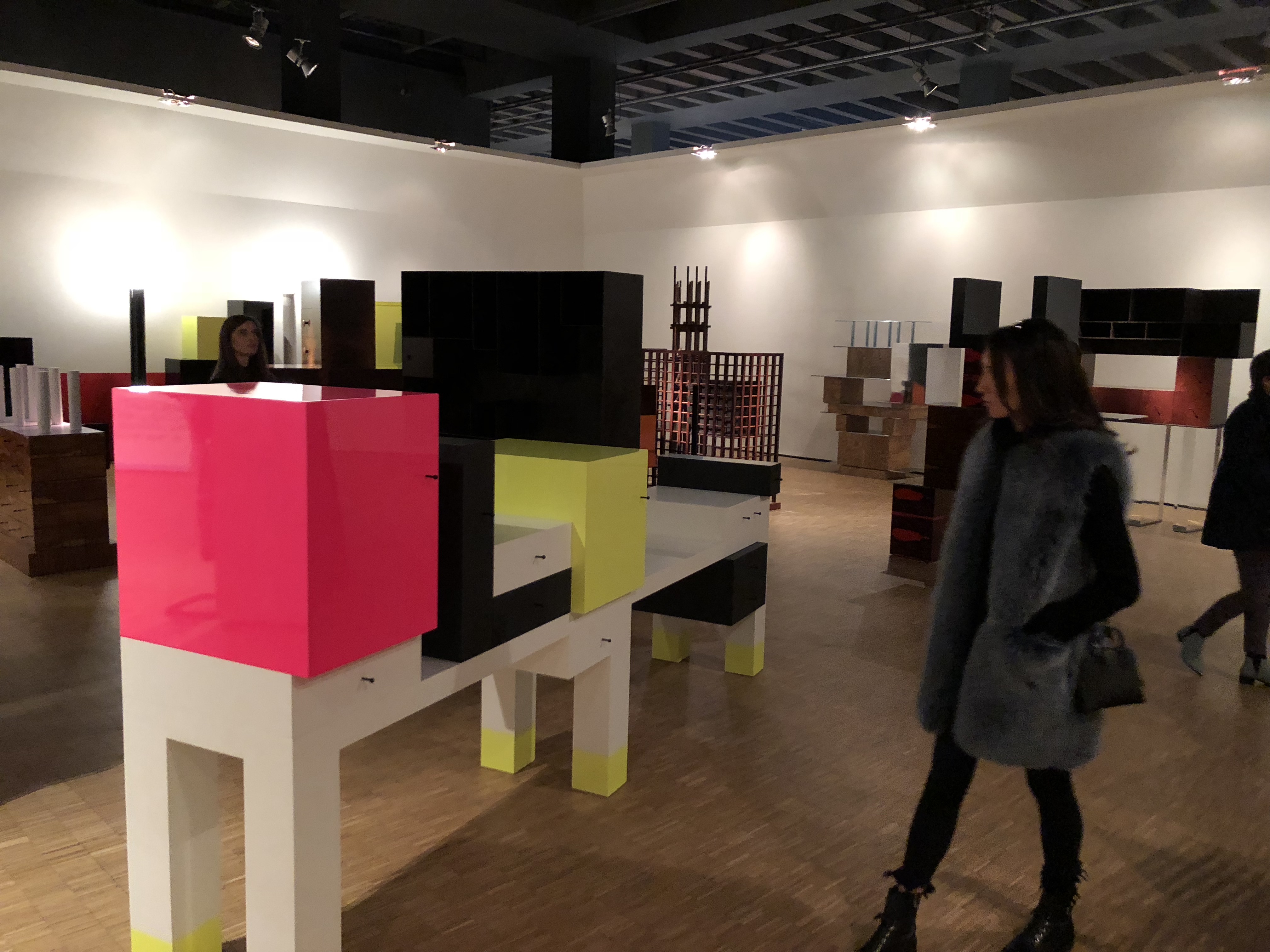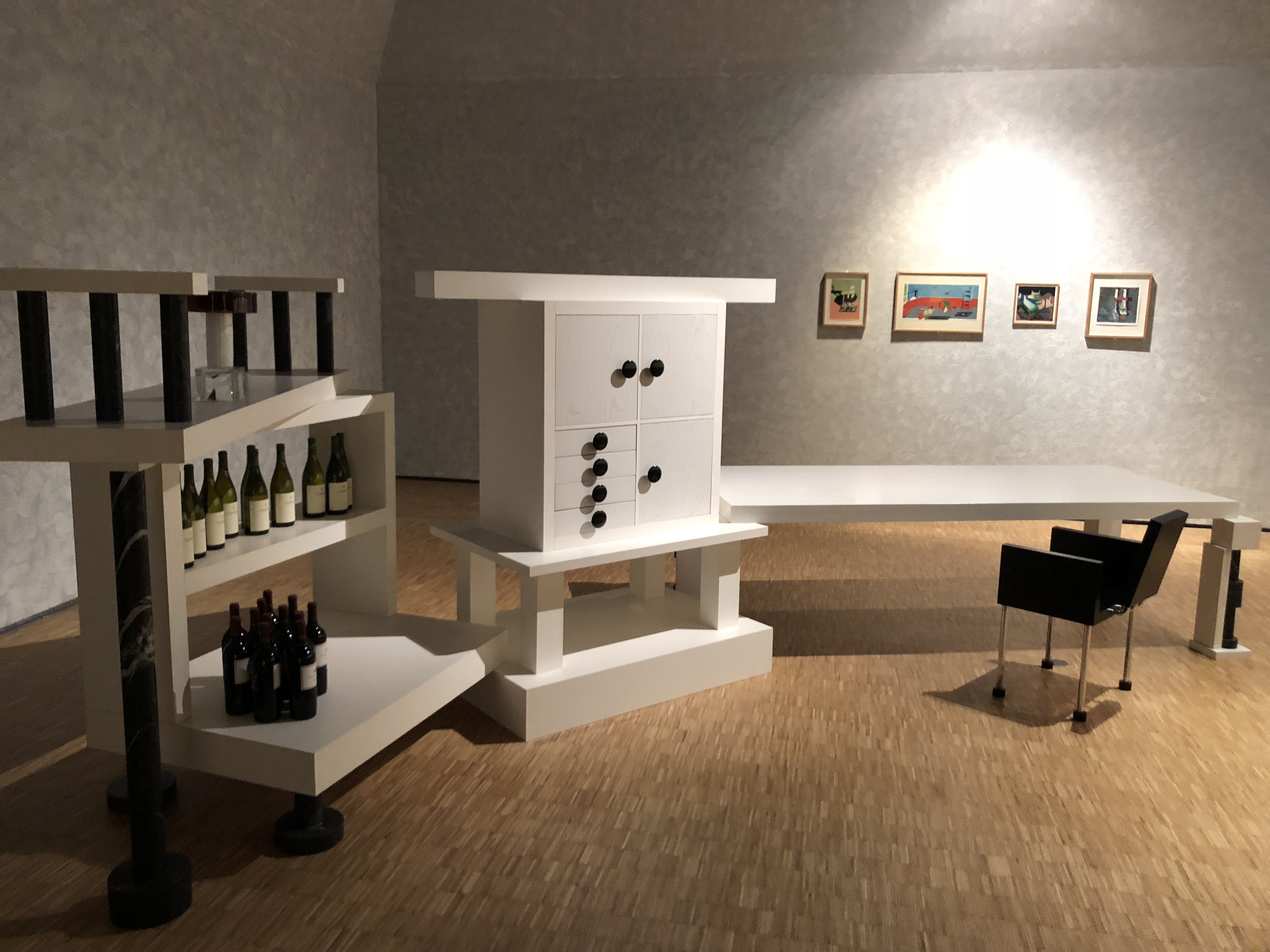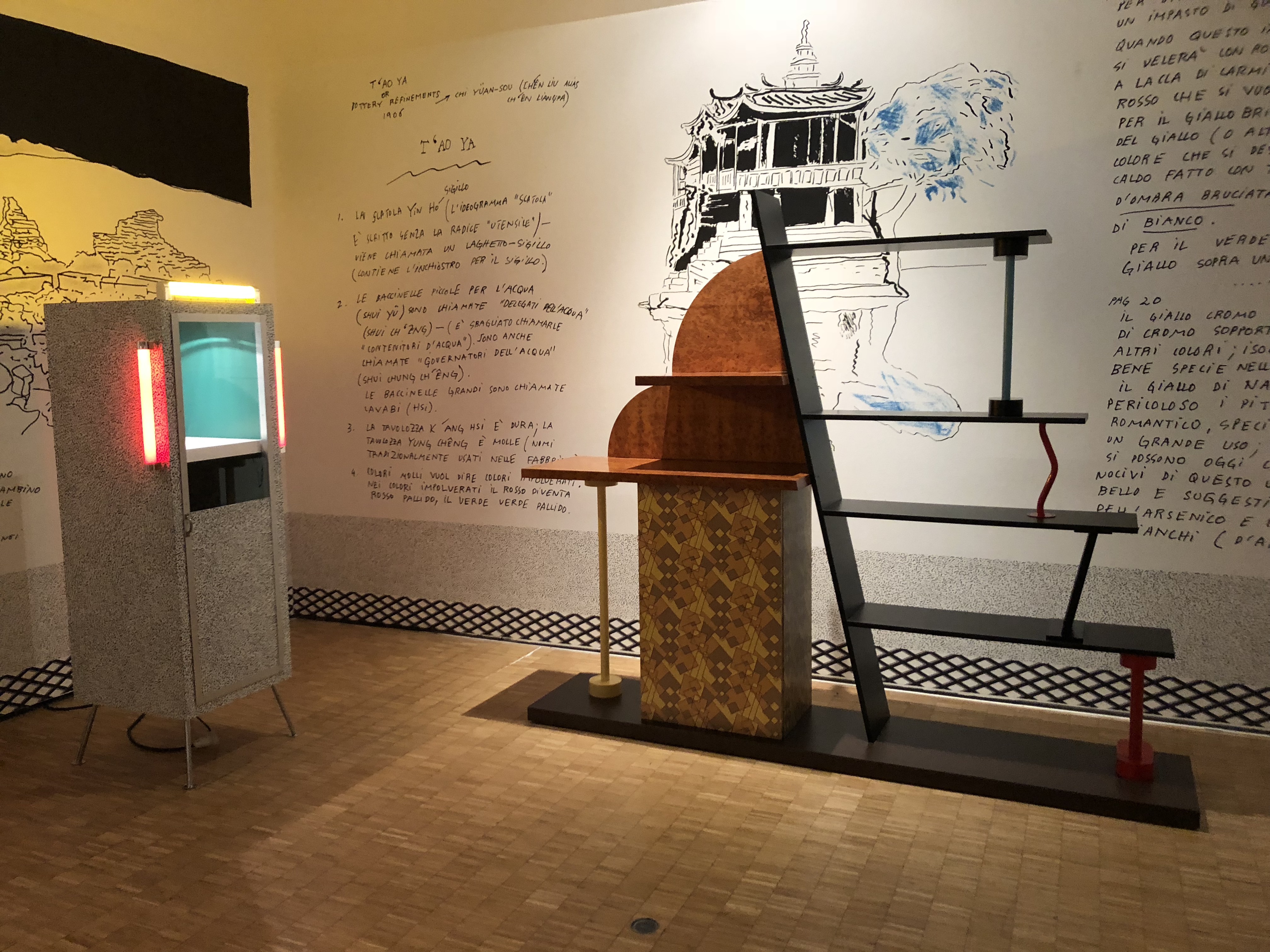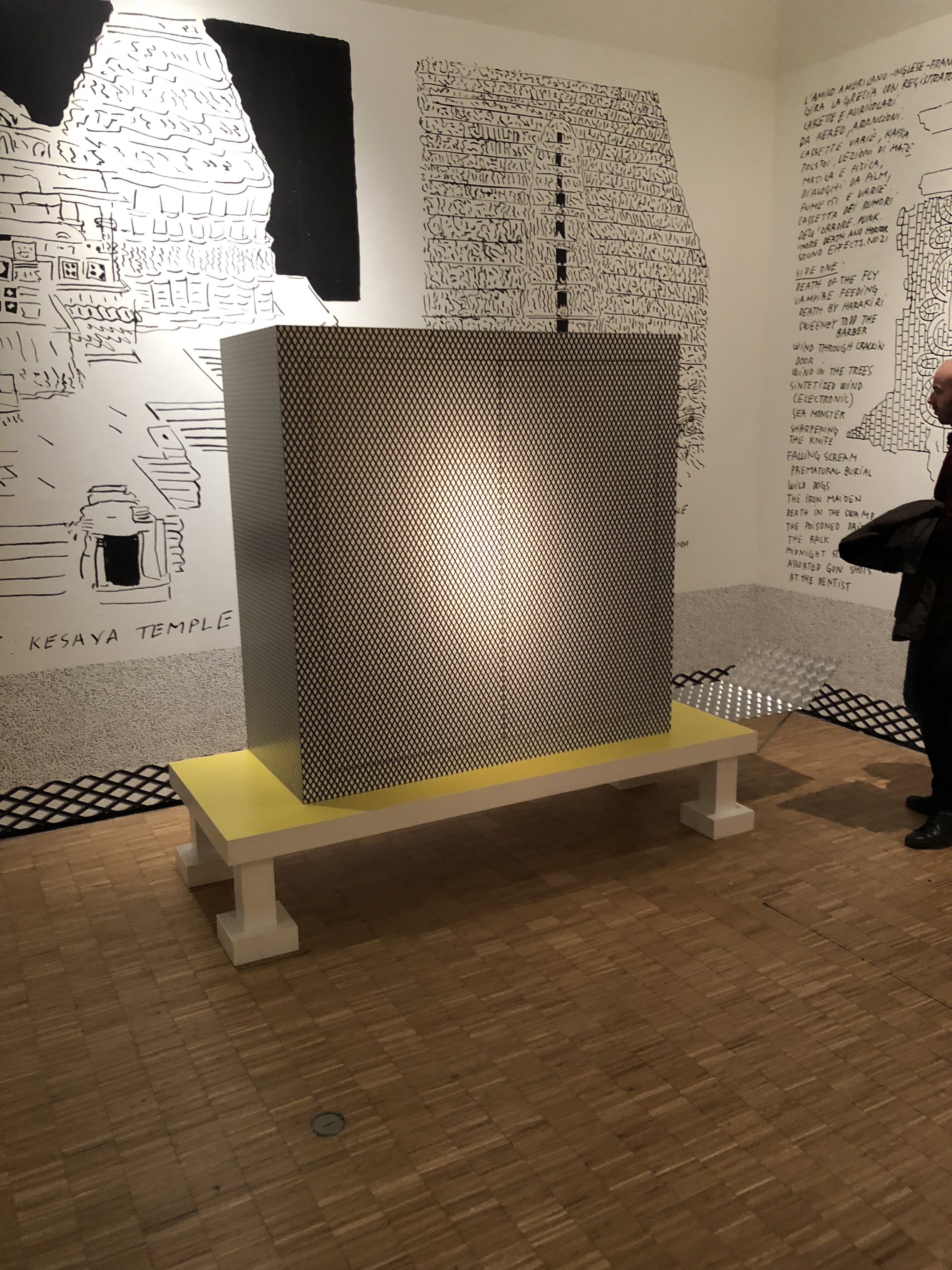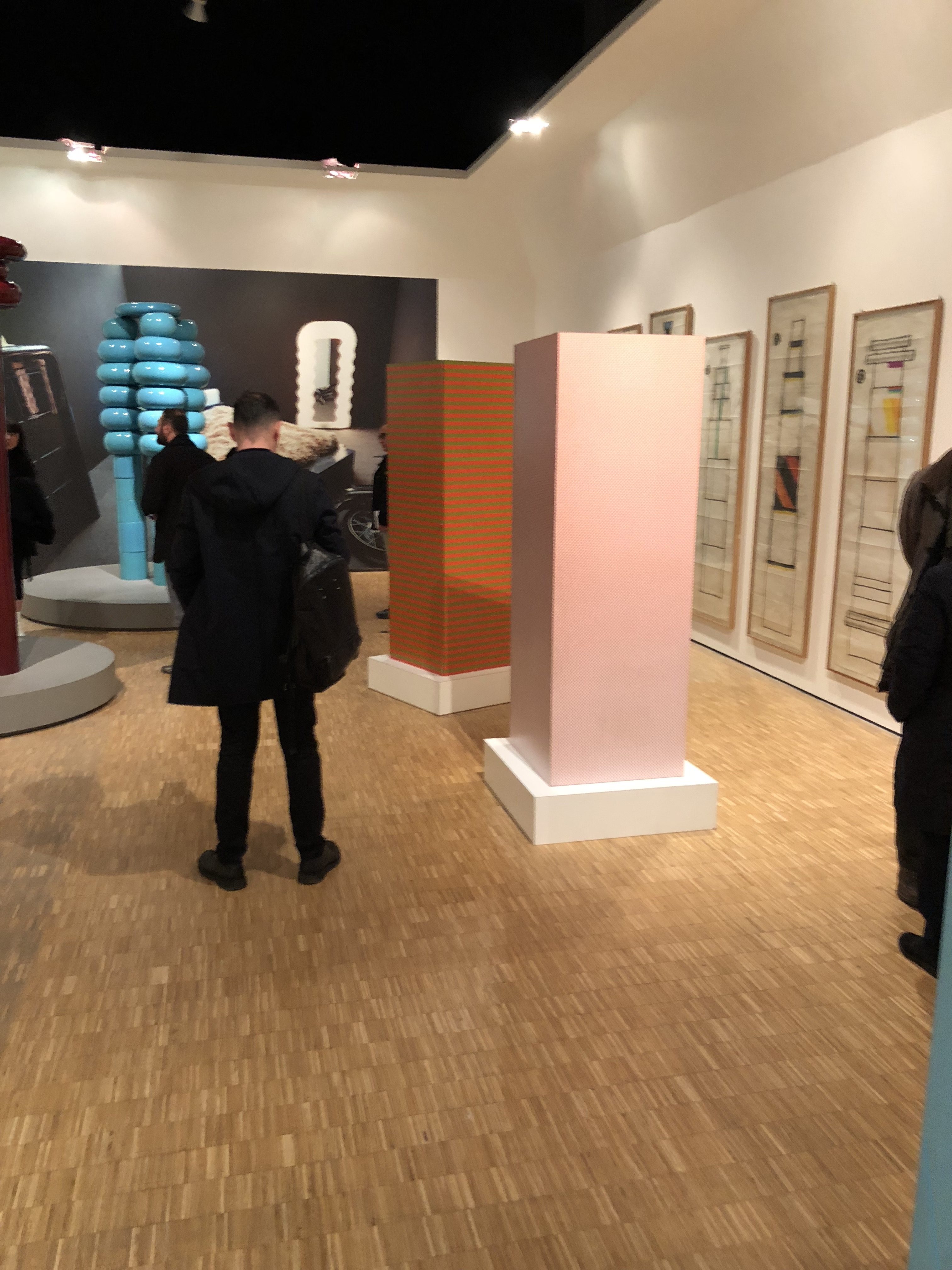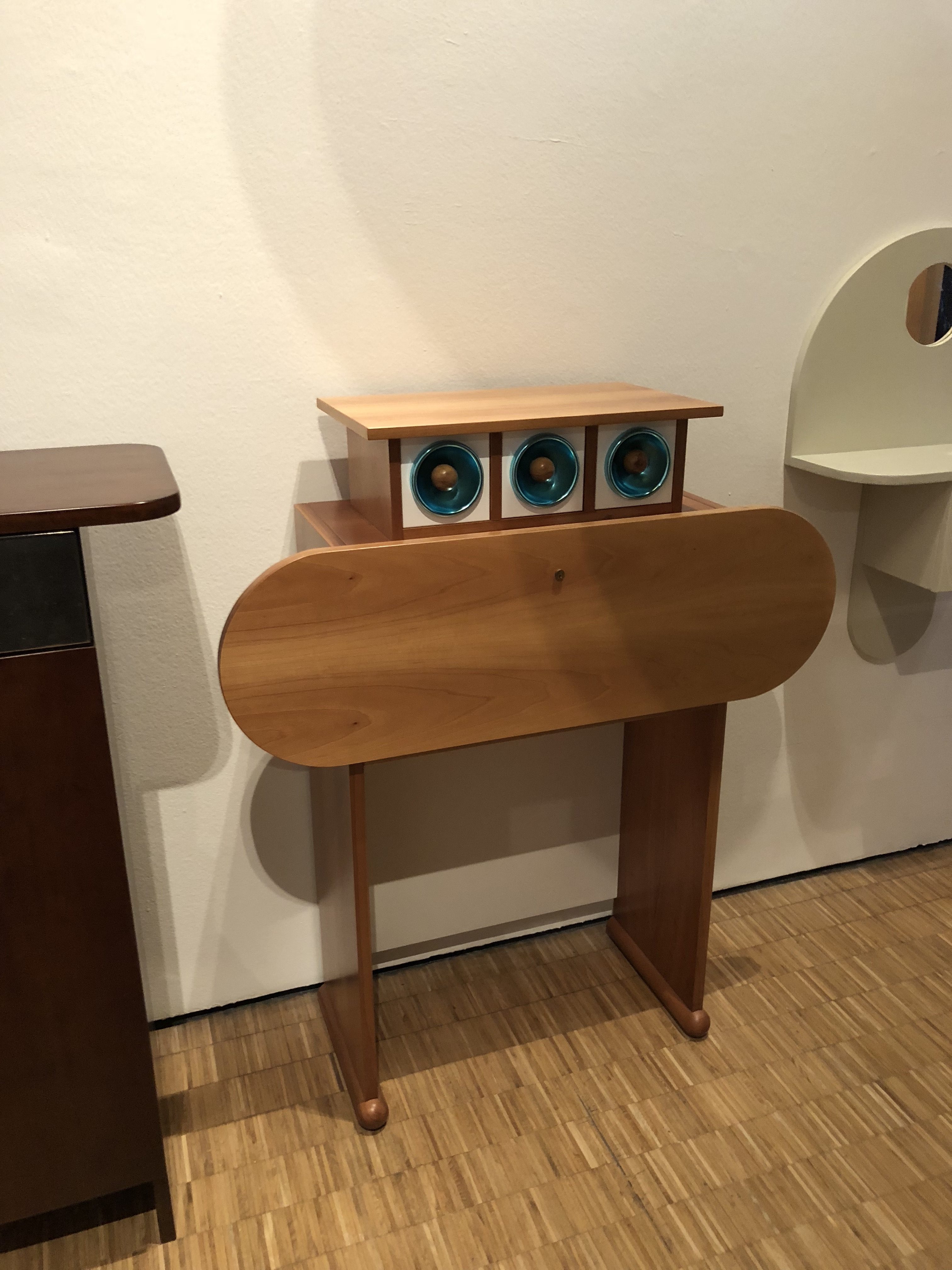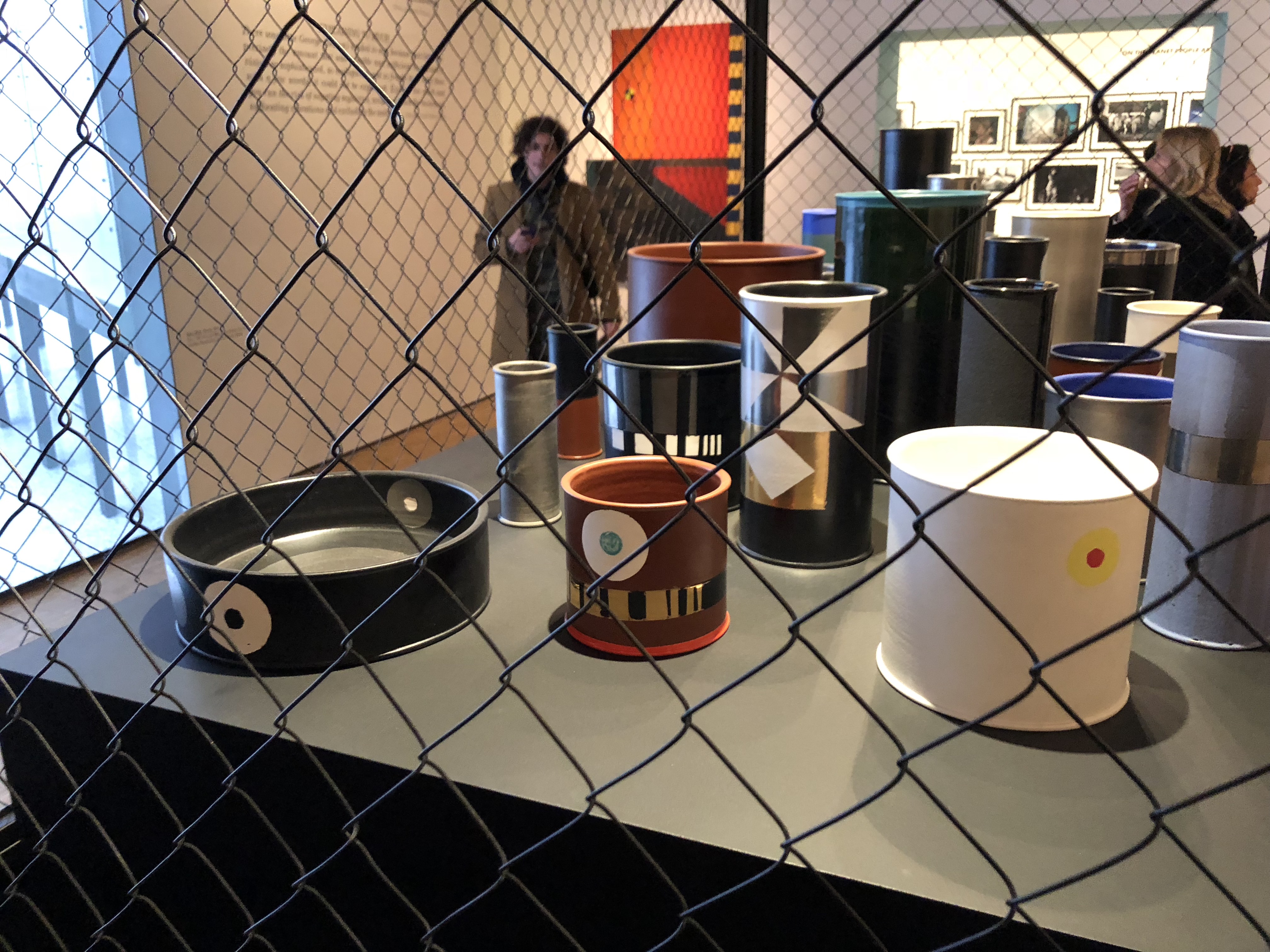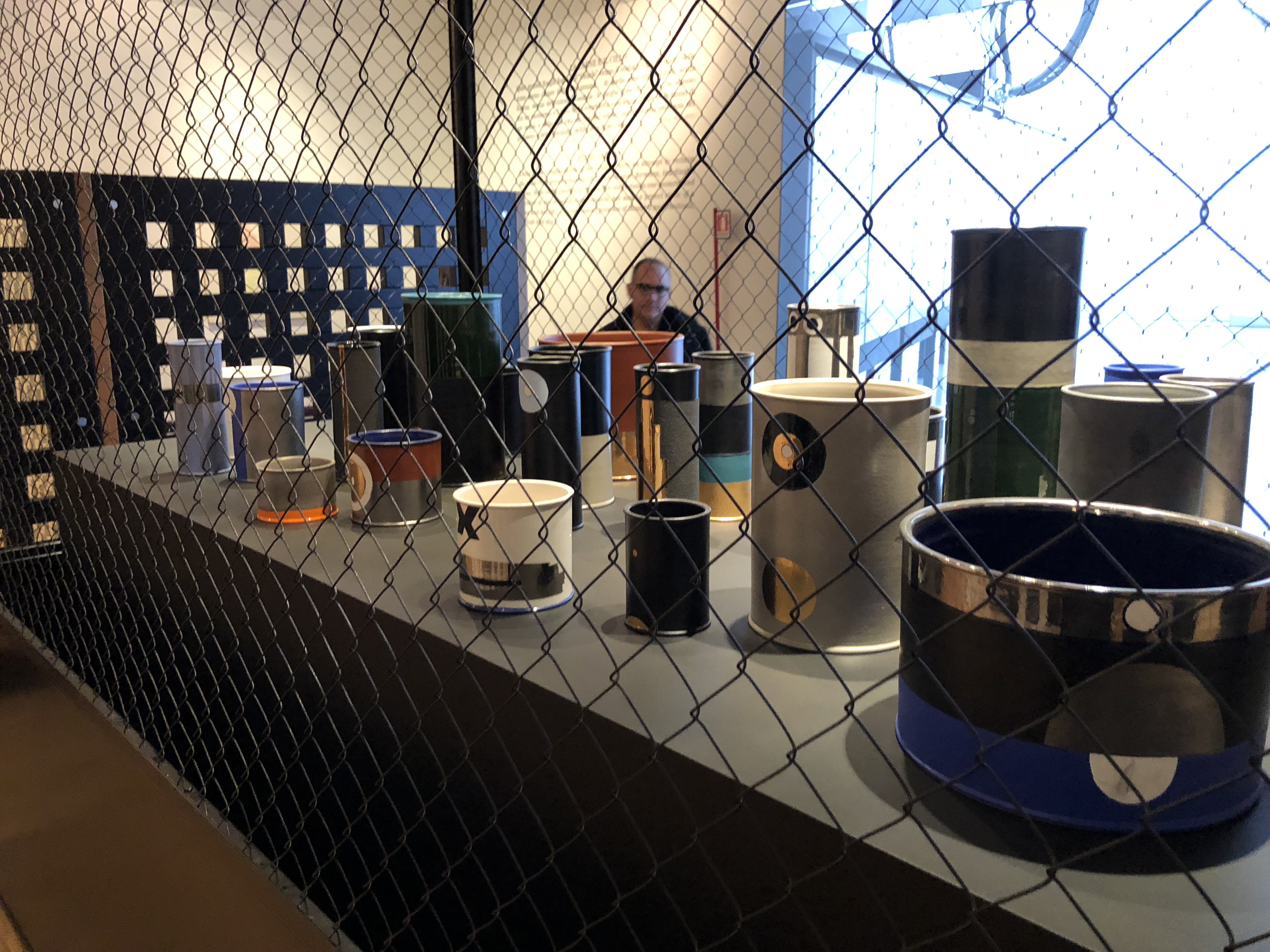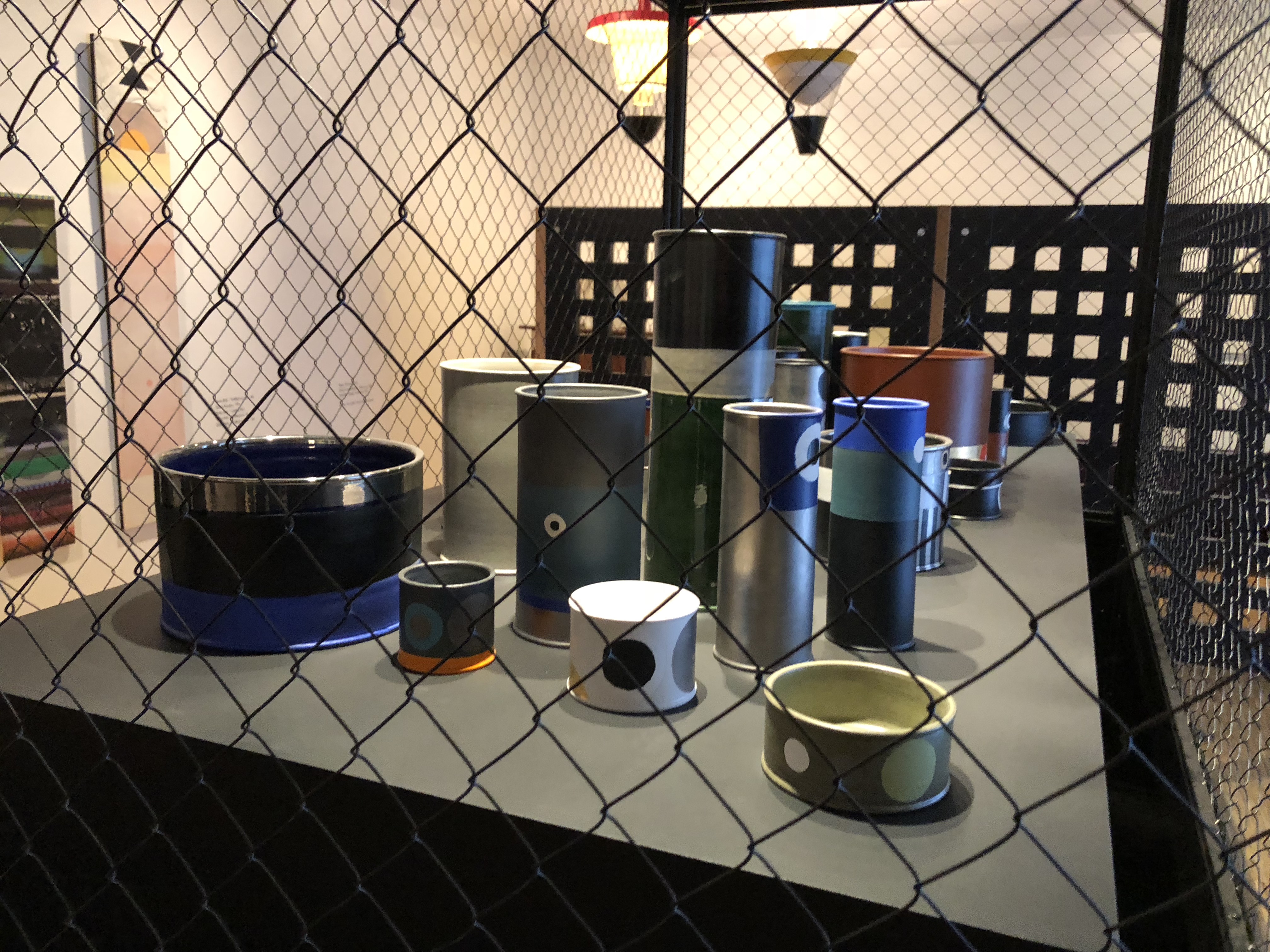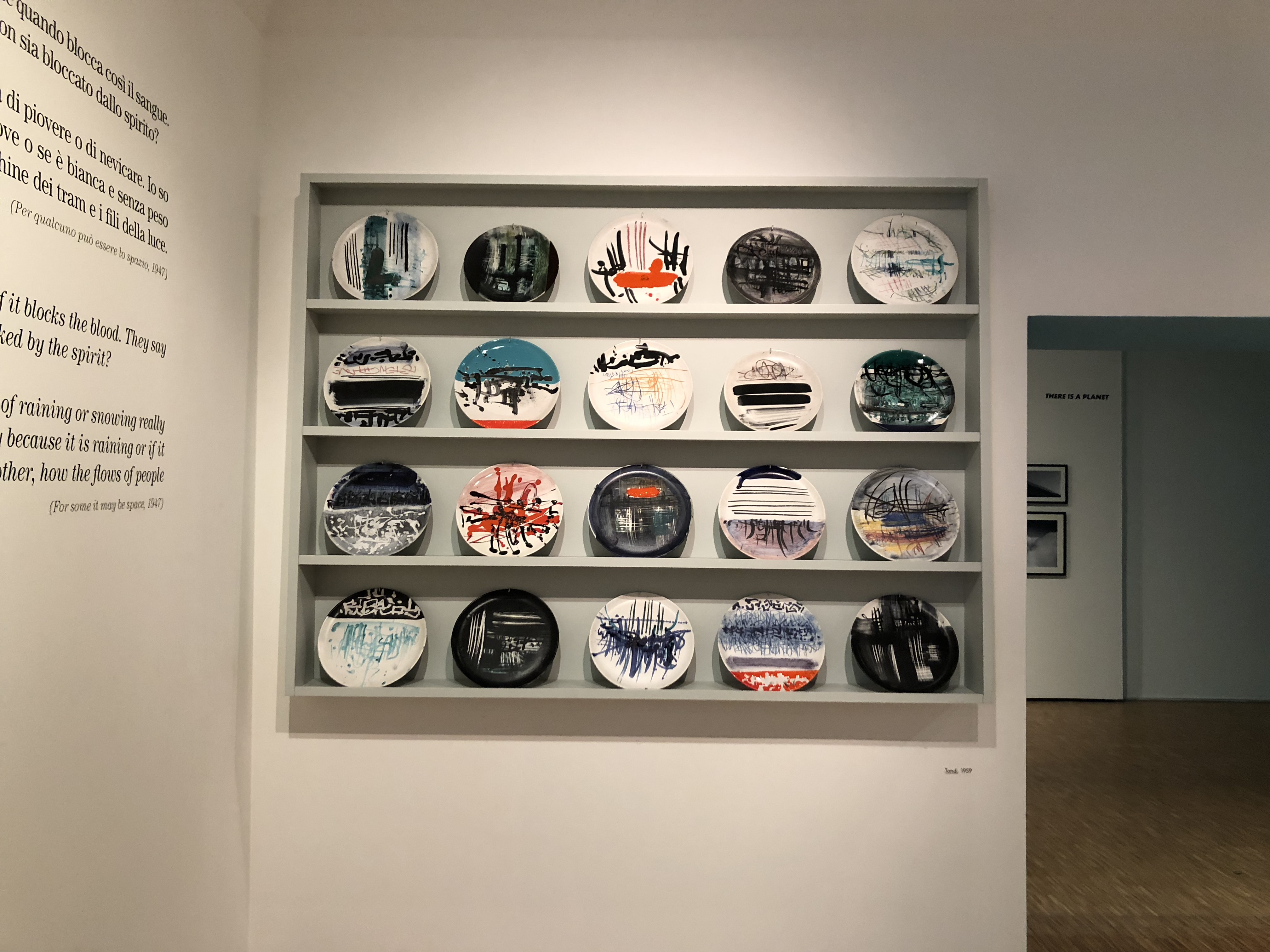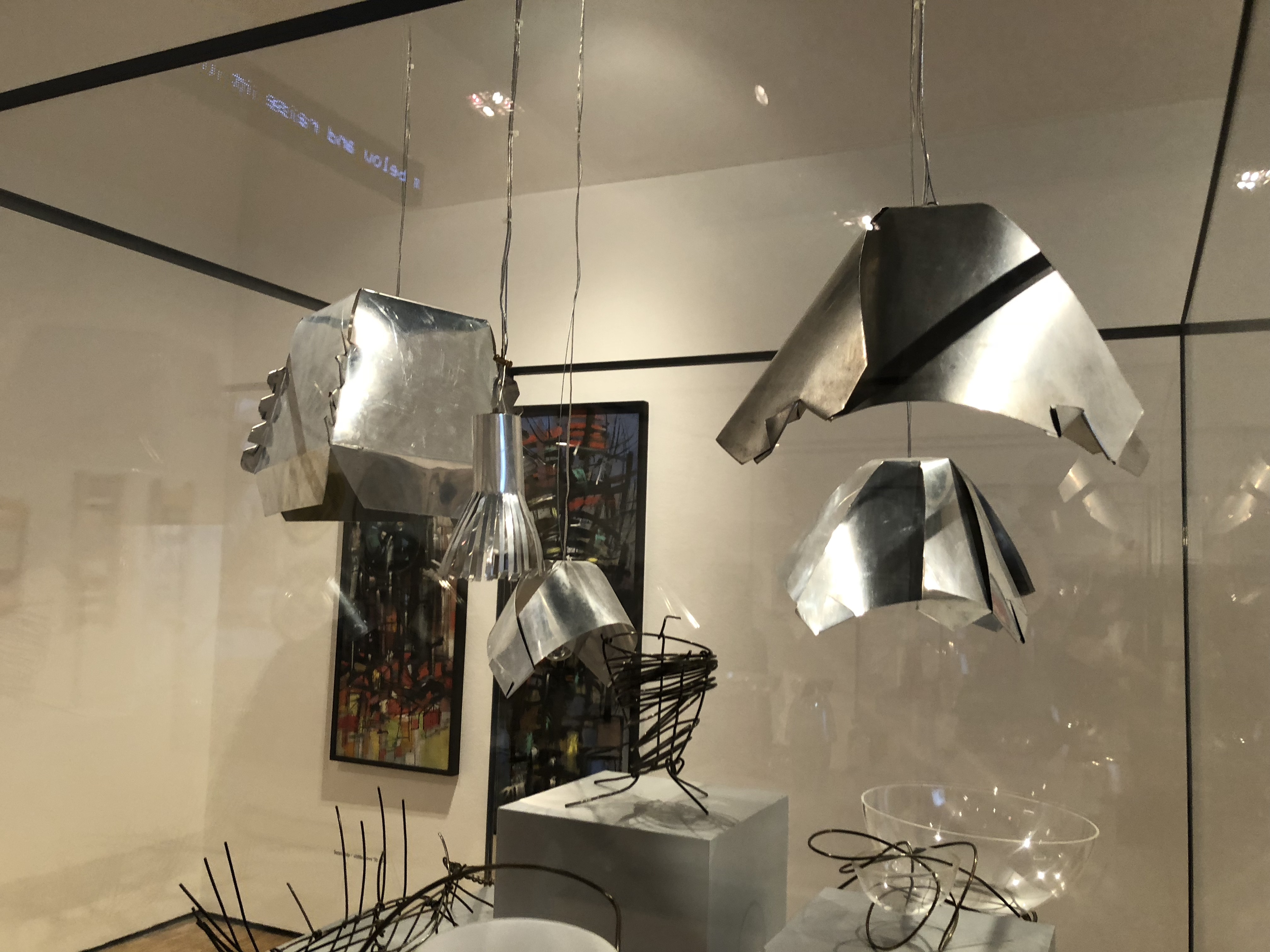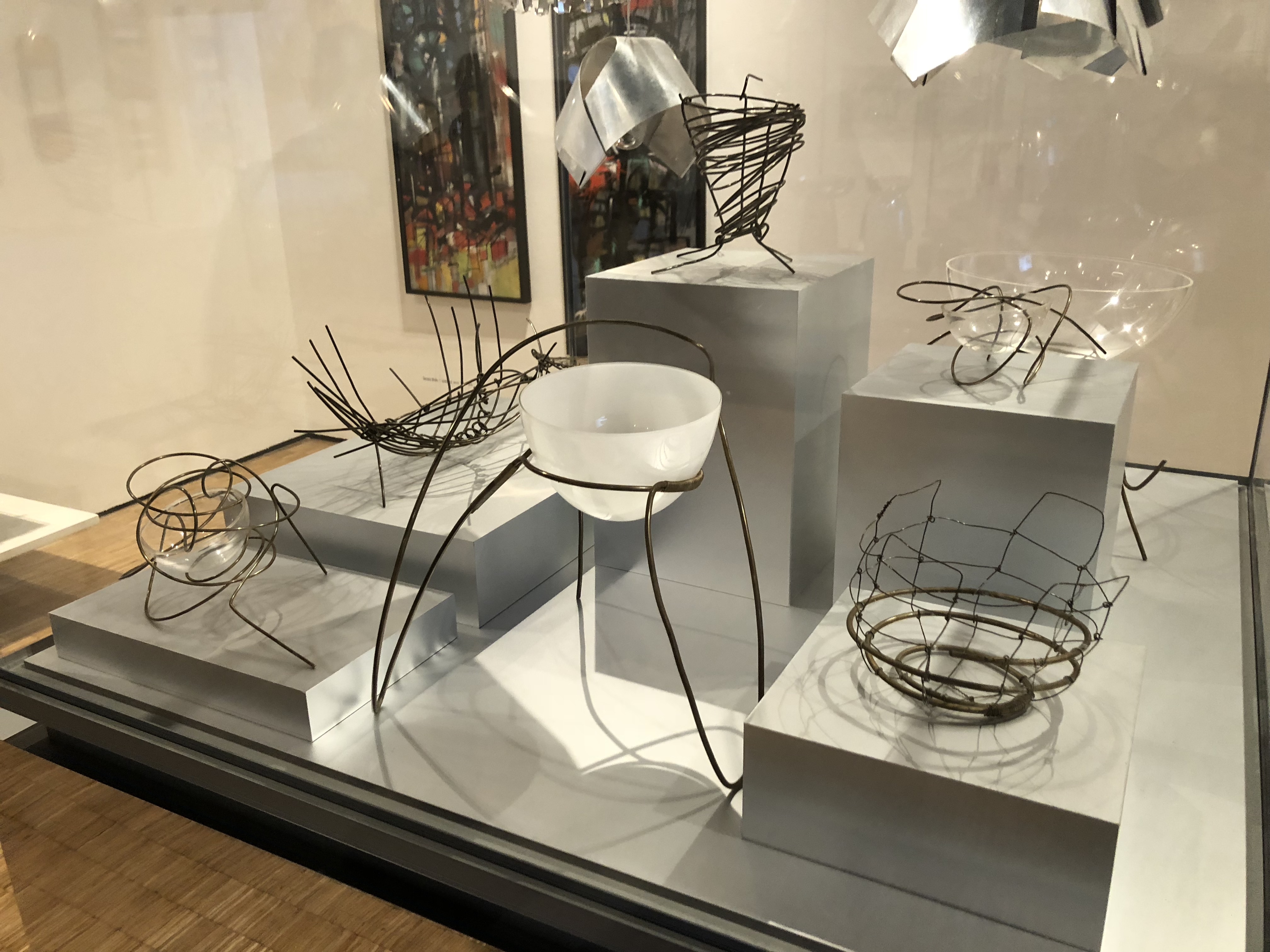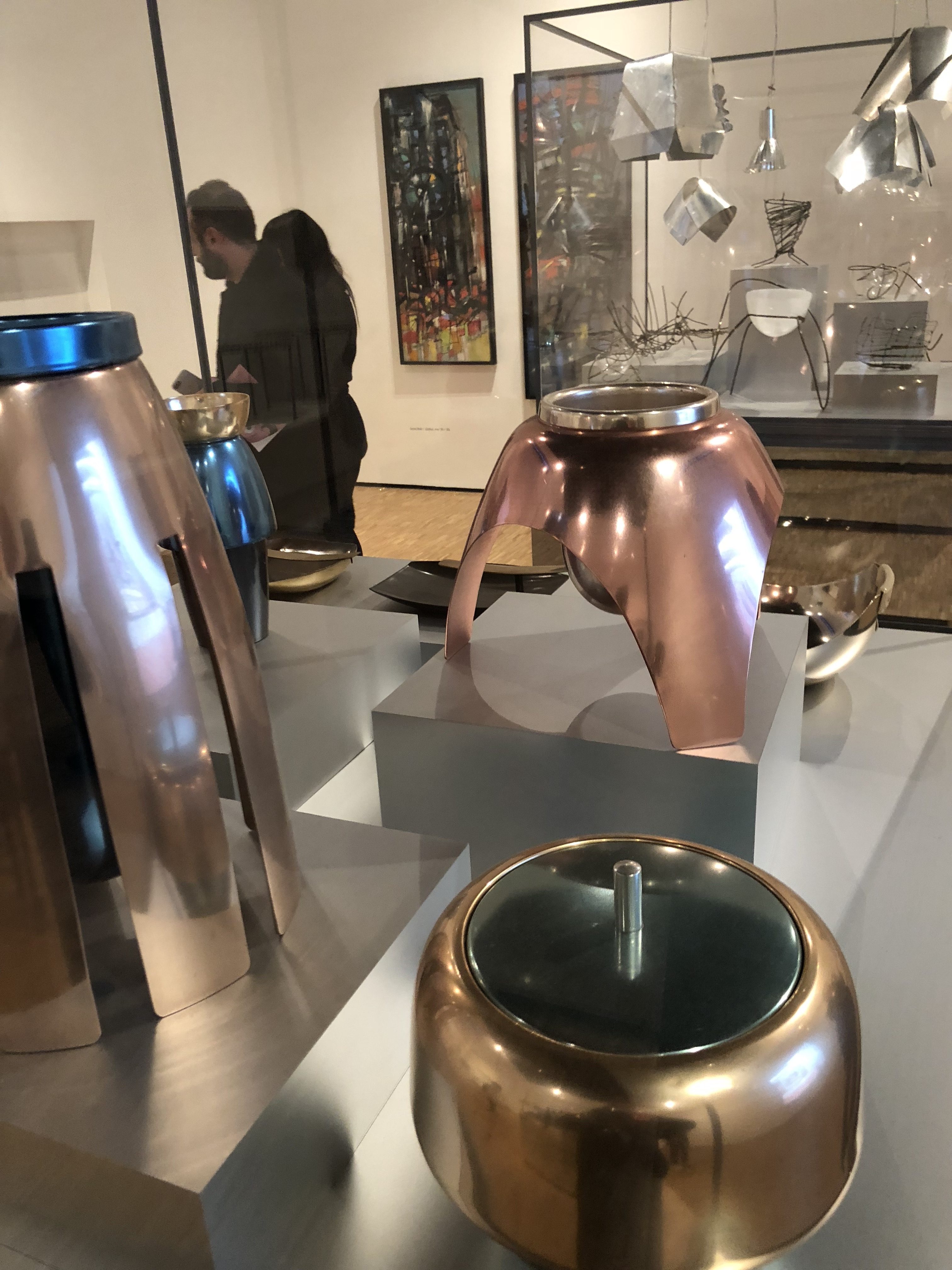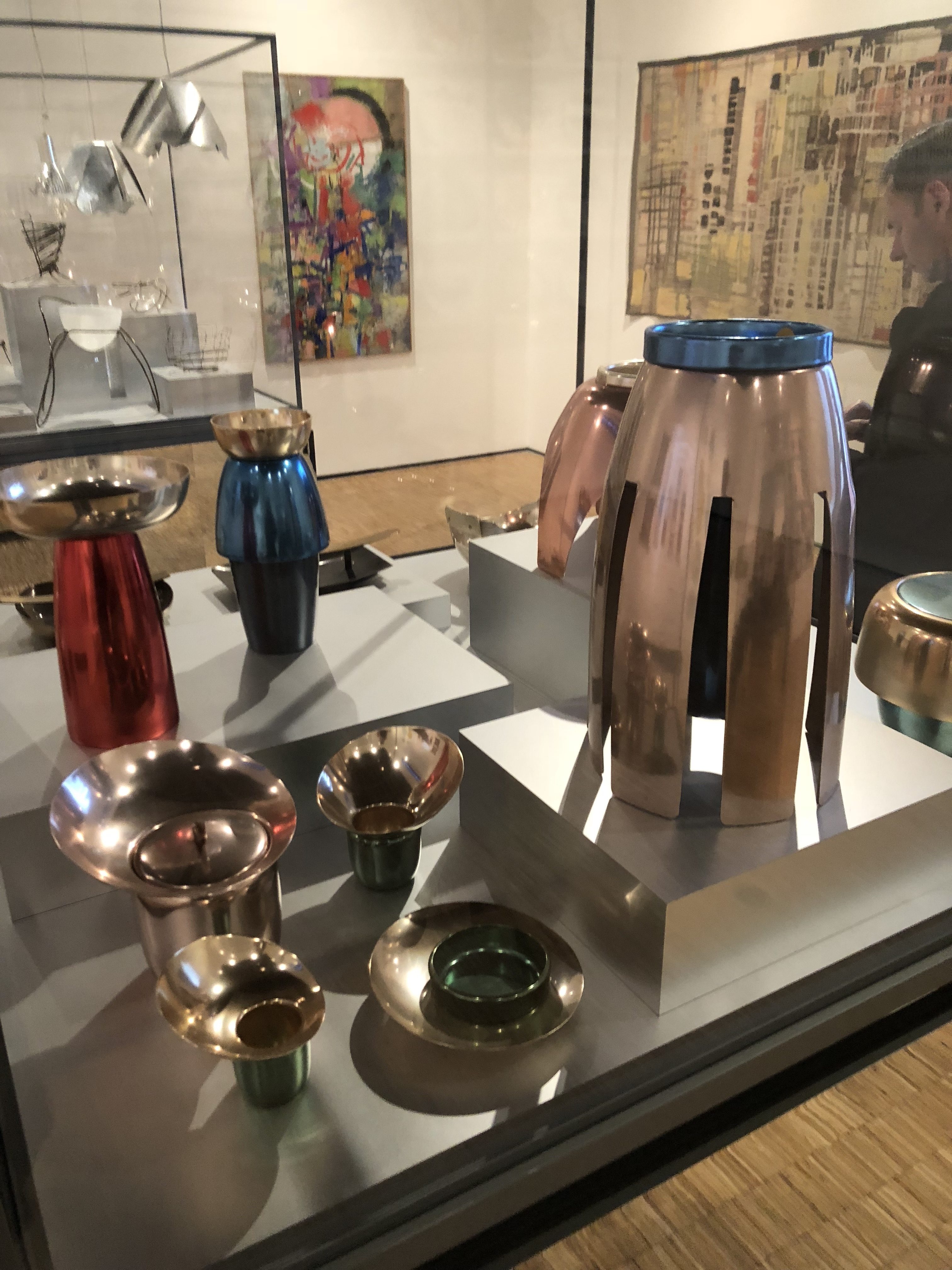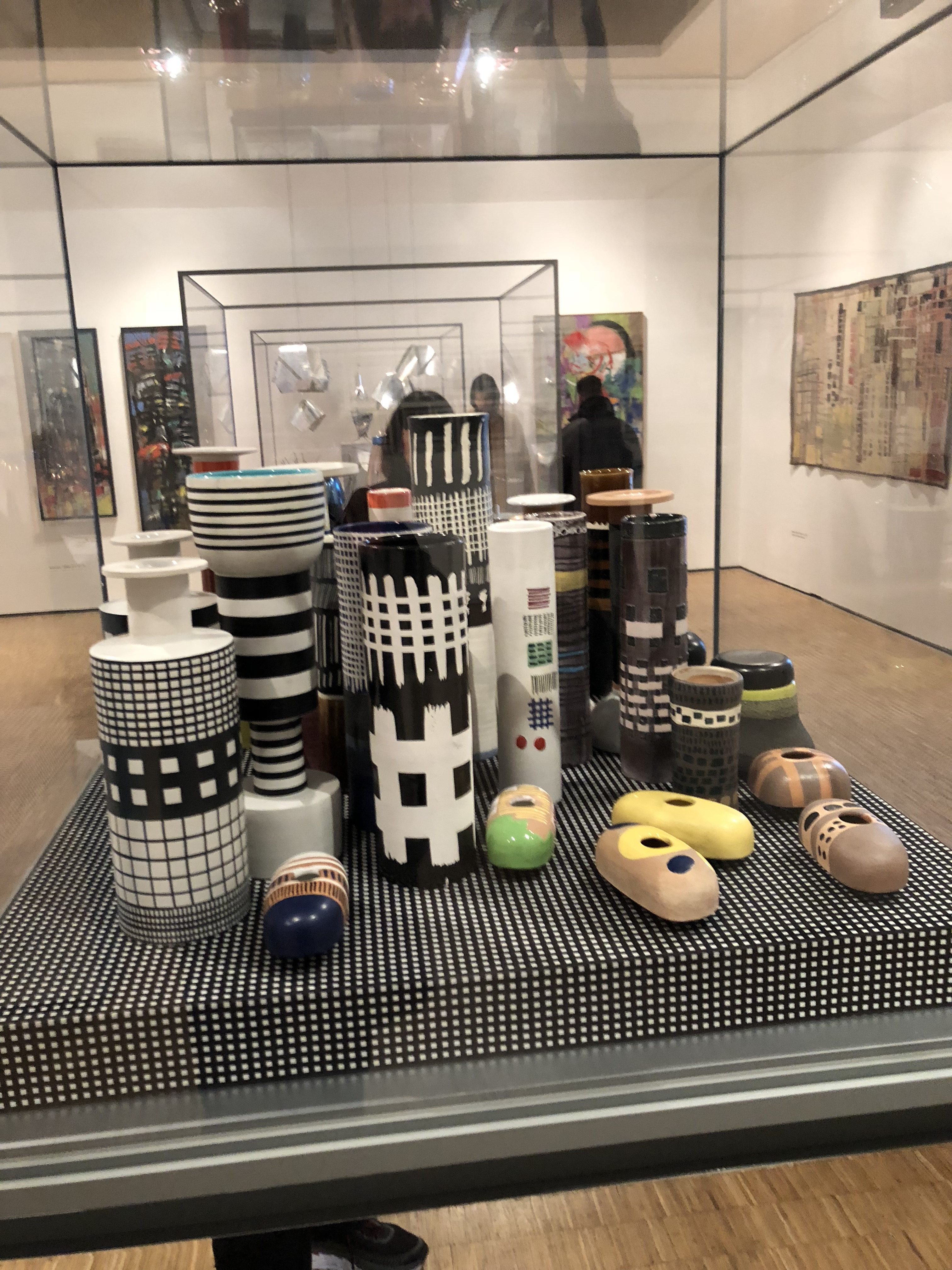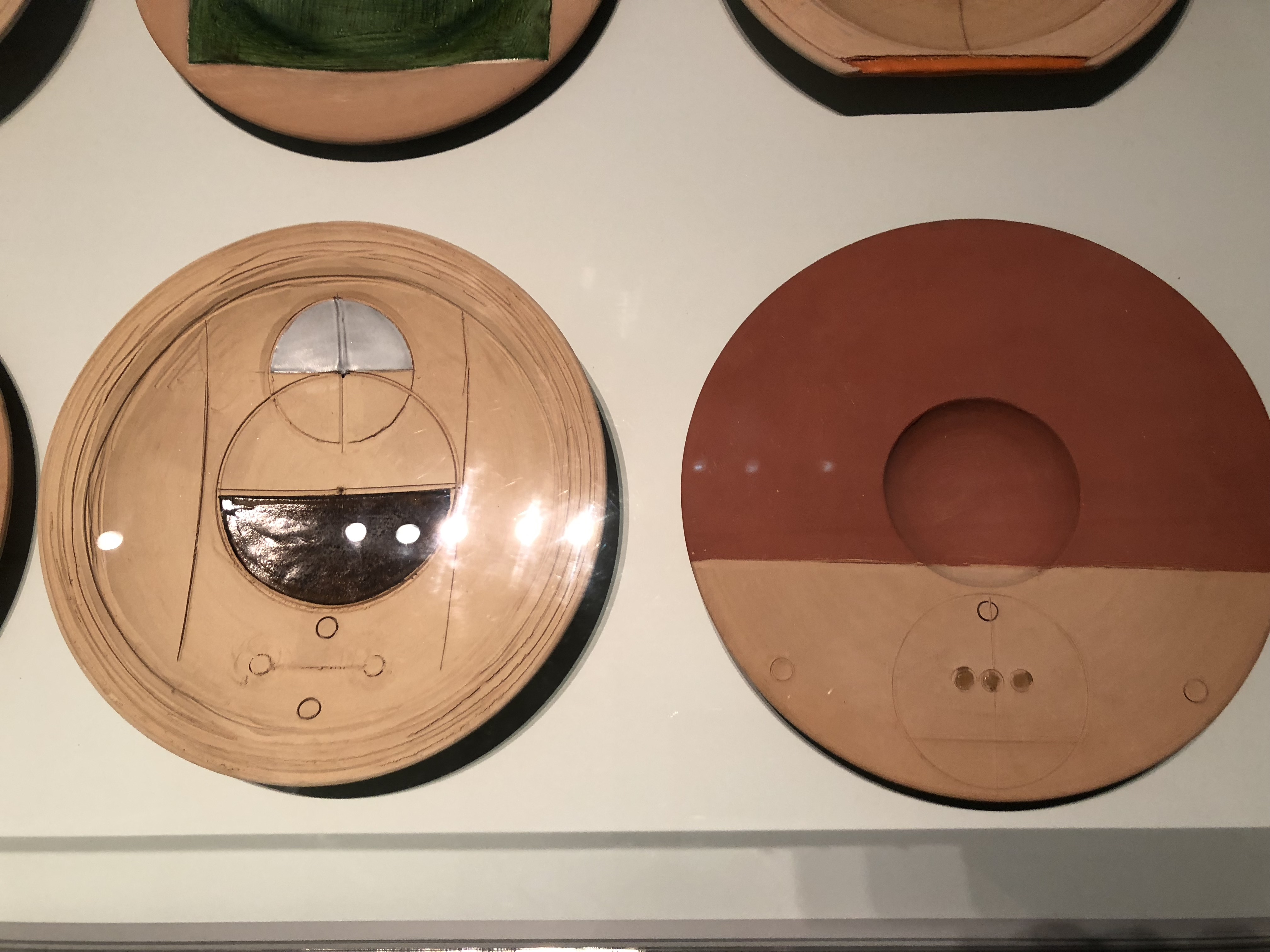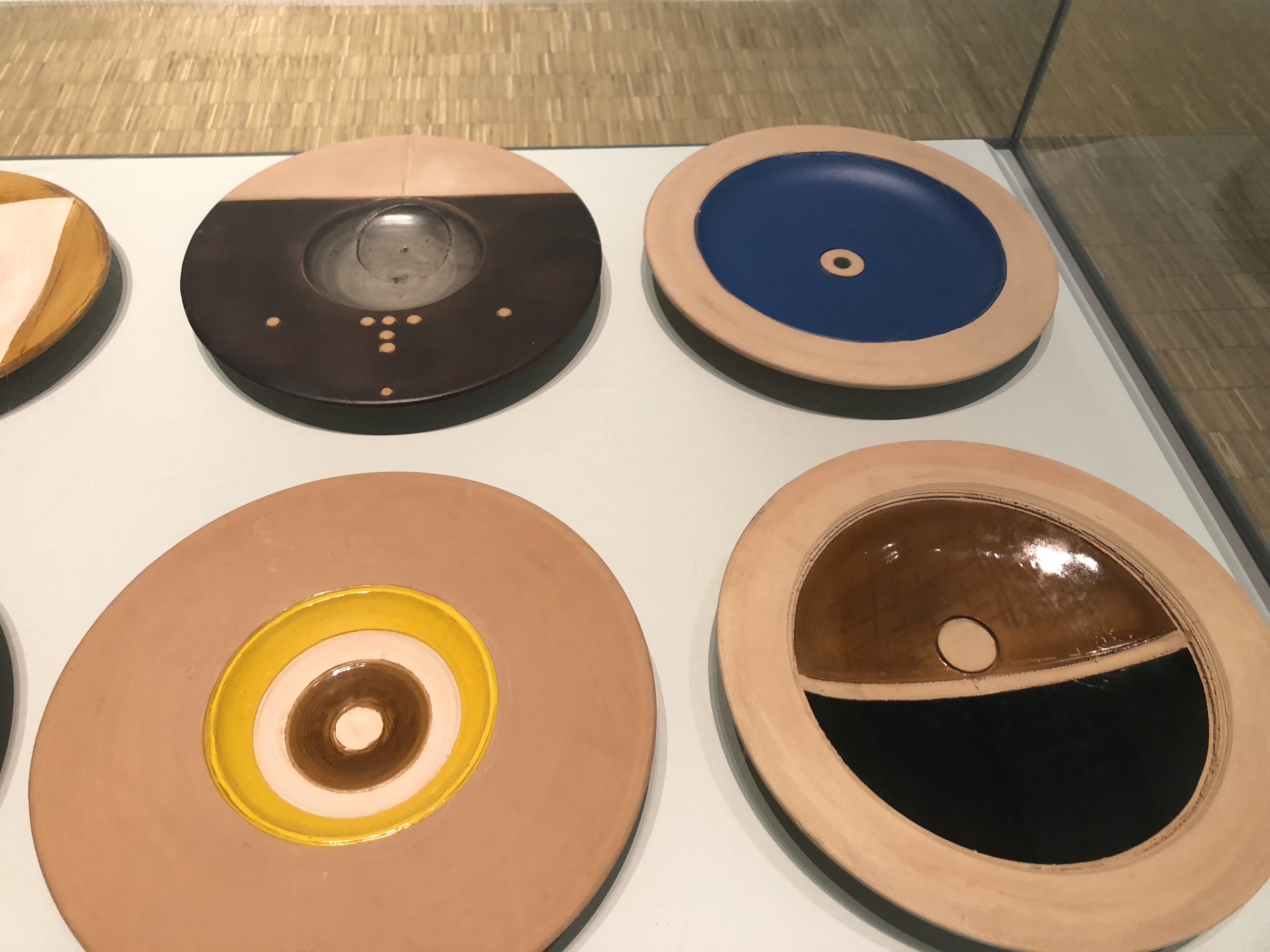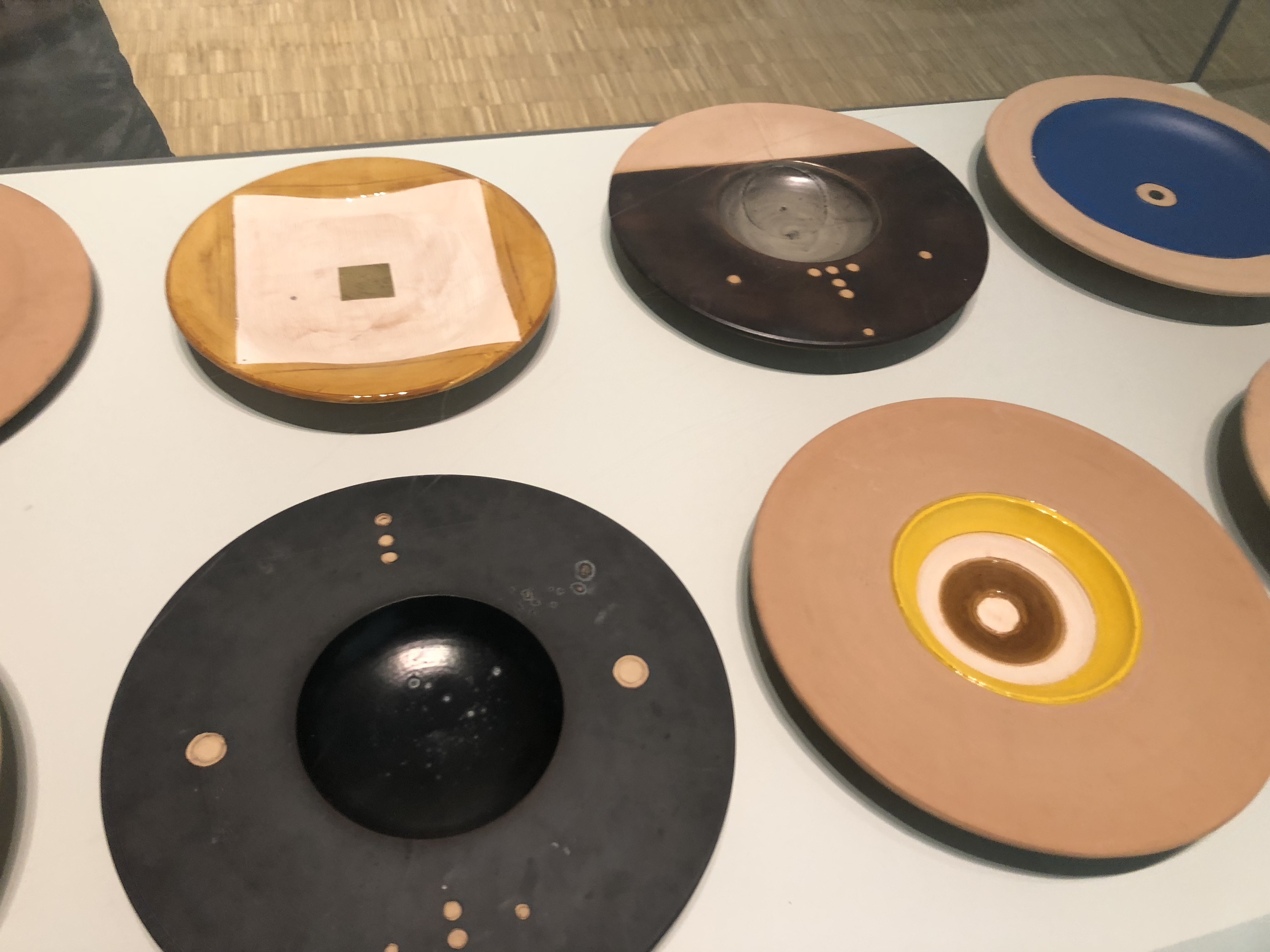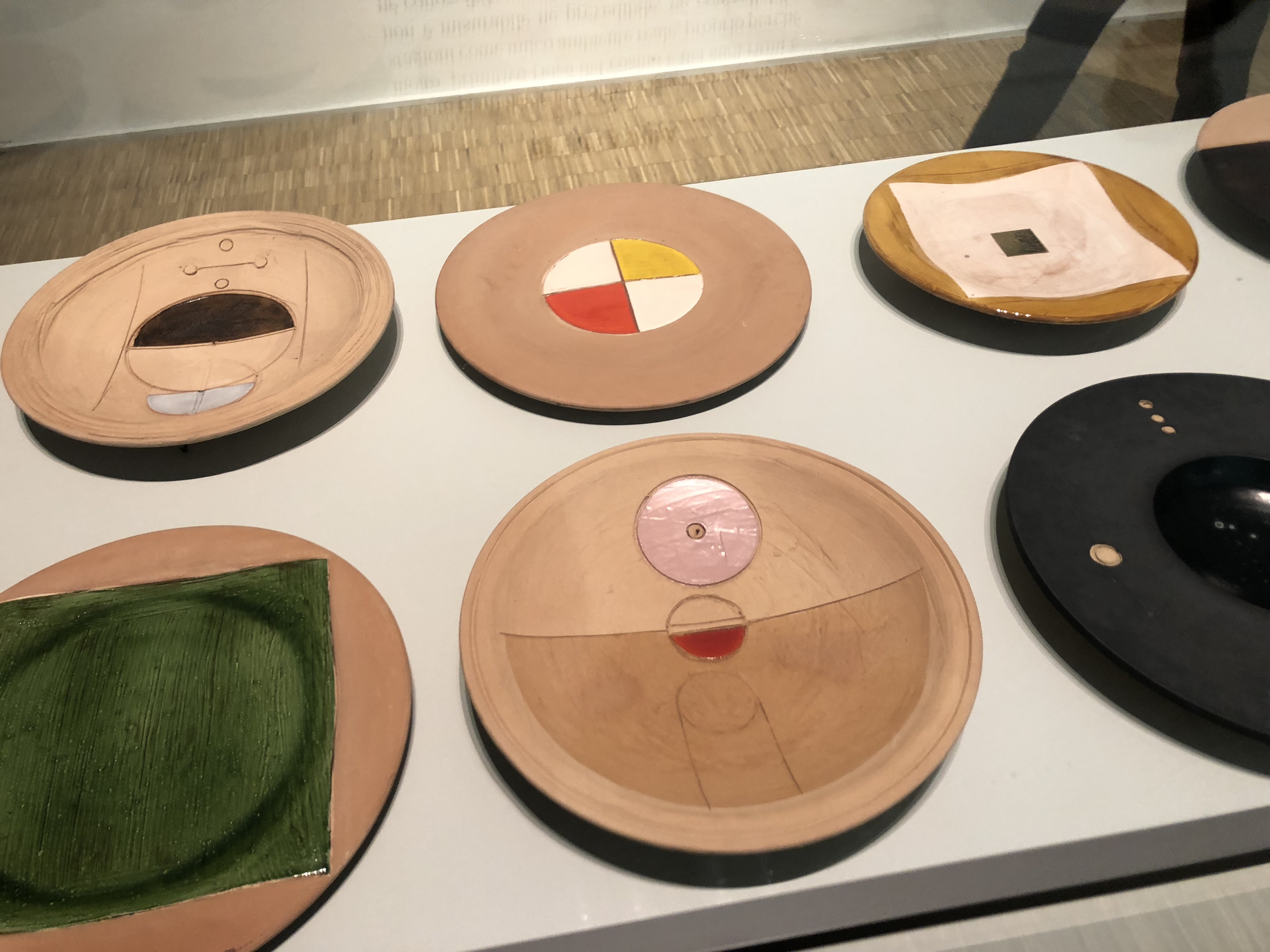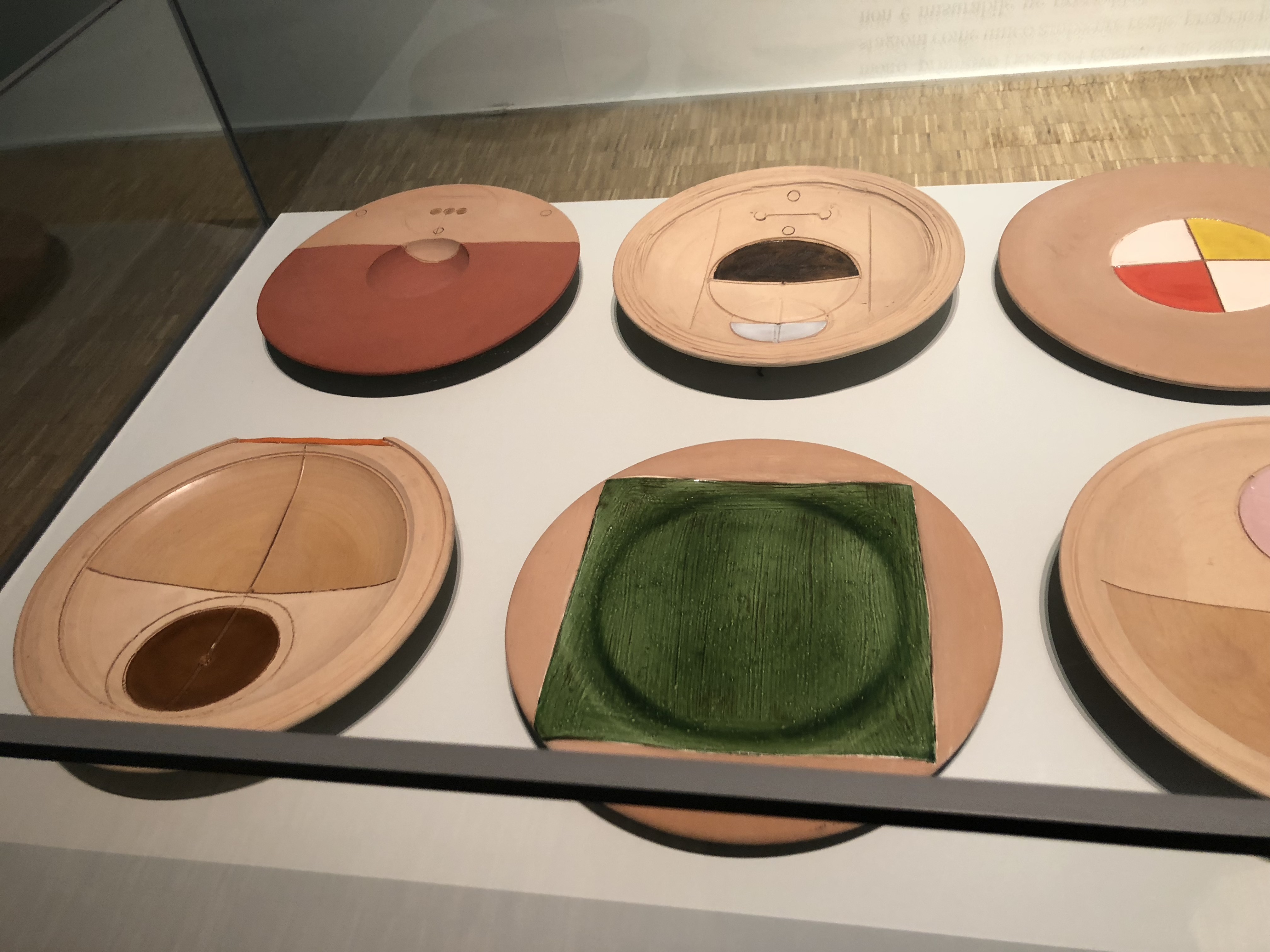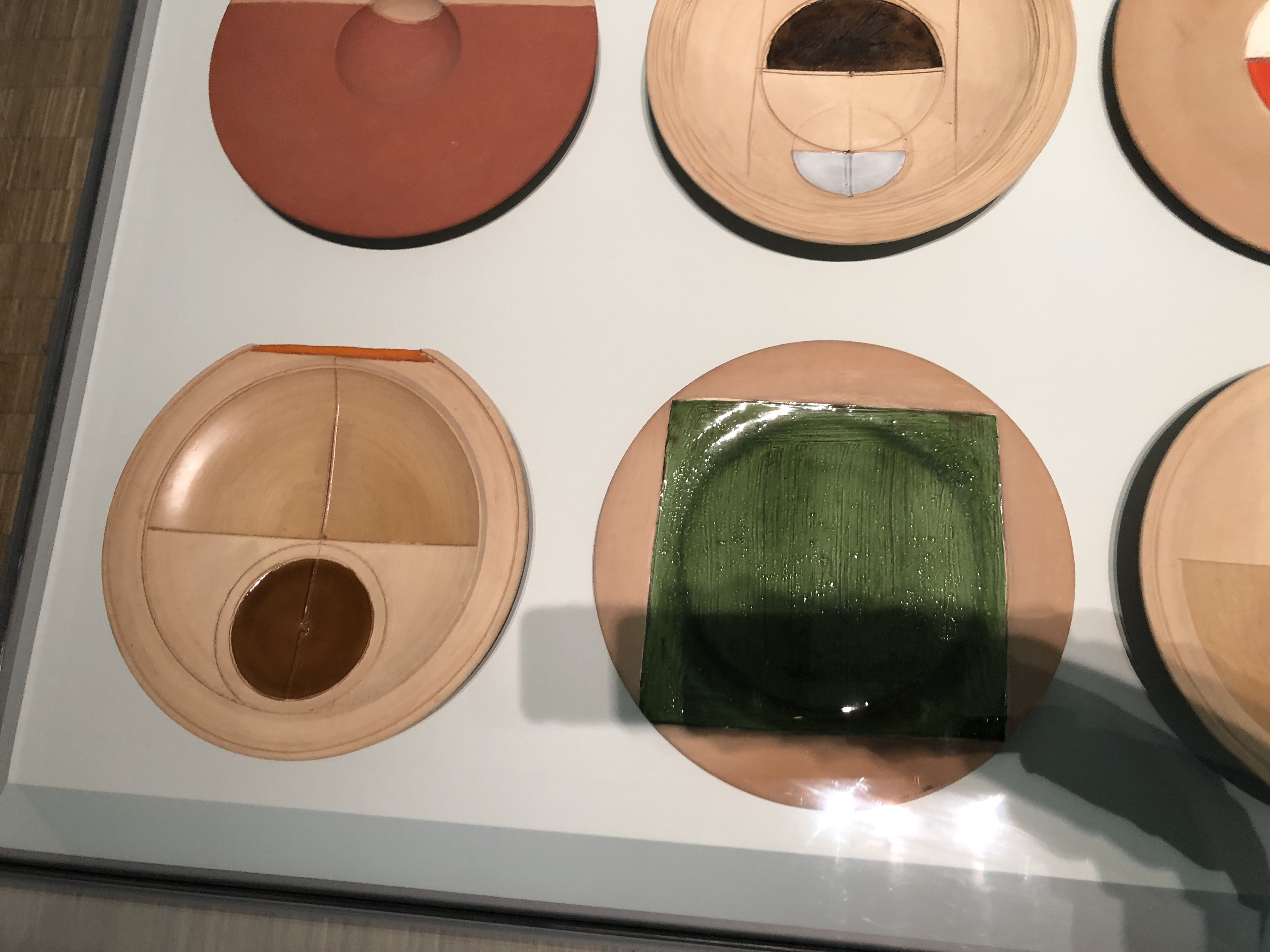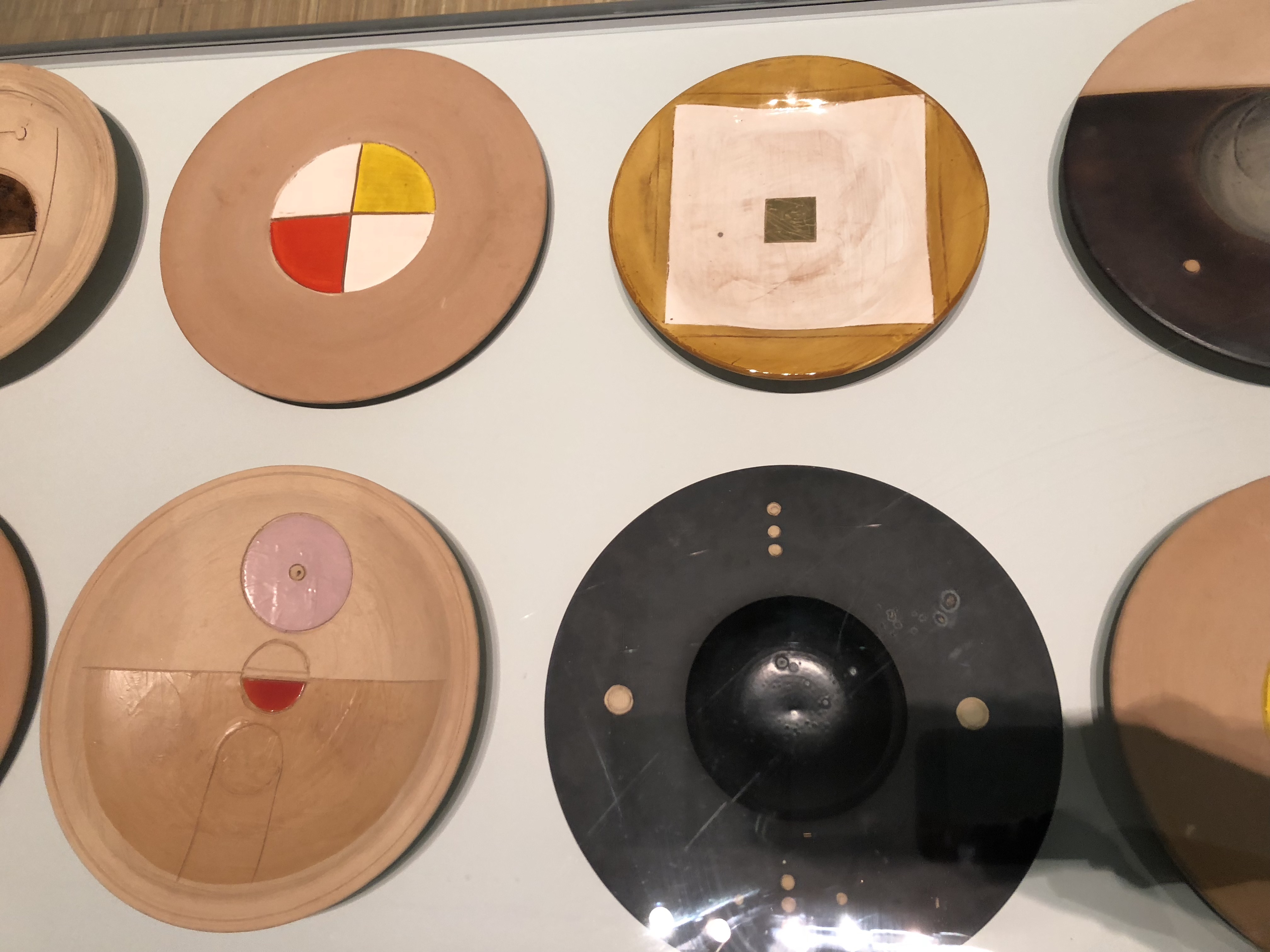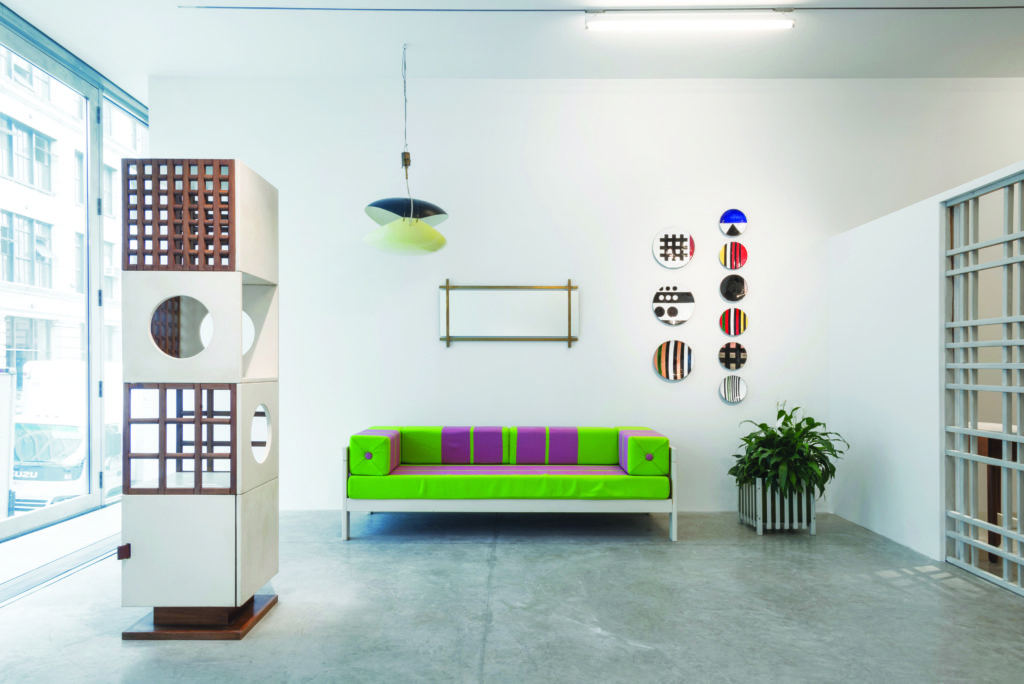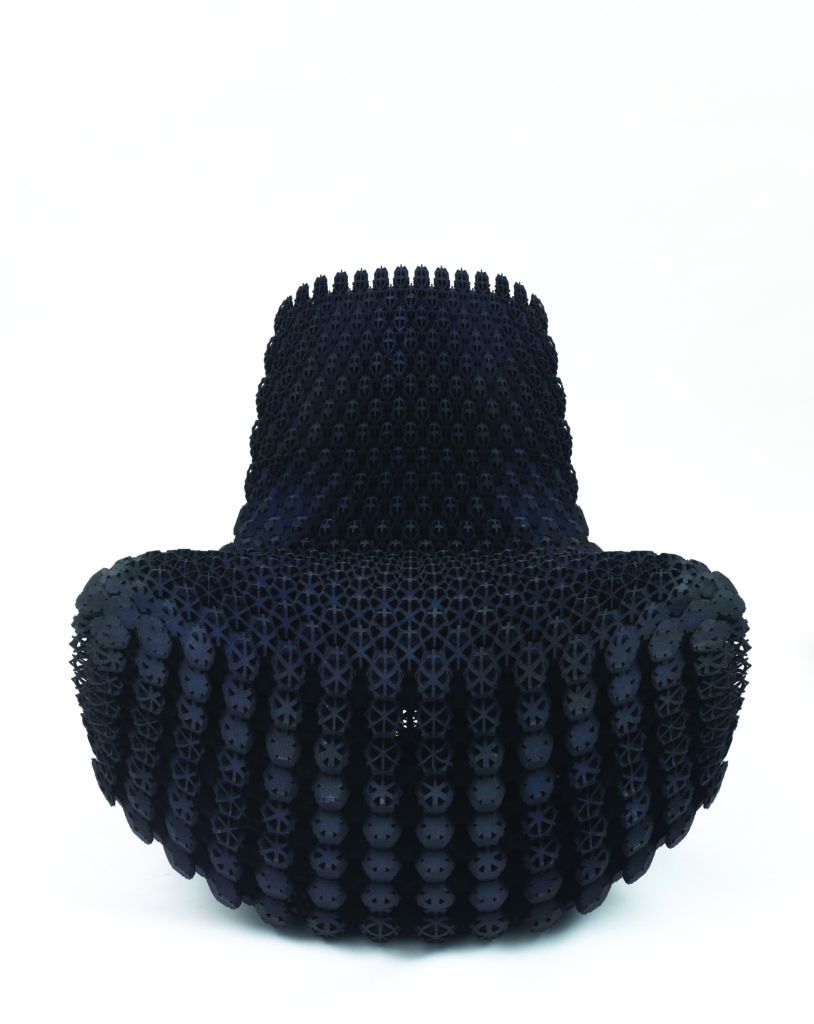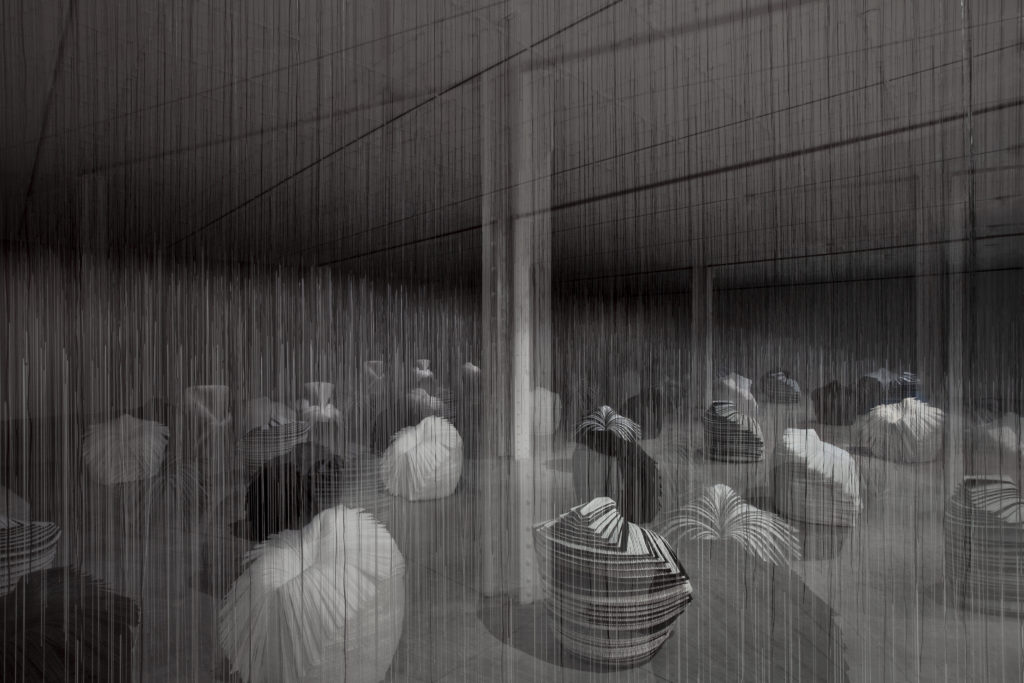The next segment of the exhibition series Le Stanze del Vetro is on at the Fondazione Cini in Venice from the 10th April to the 30th July 2017. It is an exhibition of Ettore Sottsass glass. Overseen by Luca Massimo Barbero (director of the Institute of Art History at the Fondazione Giorgio Cini), Ettore Sottsass: il vetro is the centennial celebration of the birth of this iconic Italian architect.
The exhibition display by Annabelle Selldorf has over 200 different pieces, all designed between 1947 and 2007. A wide selection comes from the Ernest Mourmans collection and some are exhibited for the first time in history, exactly like the sculptures which flank the staircase, made in 1999 for Qatar Sheikh Saud bin Muhammad Al Thani. One-off pieces and real works of art in glass and crystal, made for some of the most important glass manufacturers in Italy and around the world. There’re collections for Vistosi, sculptures by Toso Vetri d’Arte, iconic lamps designed in the eighties for Venini, as well as pieces made for experimental glass workshop Cirva di Marsiglia, namely just some of the brands which can claim to have worked with Ettore. And obviously, this exhibition couldn’t be complete without designs for top brands like Baccarat, Alessi, Egizia, Fontanarte, Swarovksi and Serafino Zani for whom Ettore experimented in cut glass.
Without a doubt, Ettore Sottsass: il vetro is a really unique experience (the first time an exhibition focuses entirely on Ettore Sottsass’ glass designs). Ettore’s glass designs “are more like real characters”, in fact like exhibition curator Luca Massimo Barbero points out “they are about the real world as much as an imaginary one”. Plus, glass skilfully moulded with other materials like plastics or polycarbonate turns into art which looks to the future.
Where: Fondazione Cini, Isola di San Giorgio Maggiore, Venice, Italy
When: 10 April – 30 July 2017





